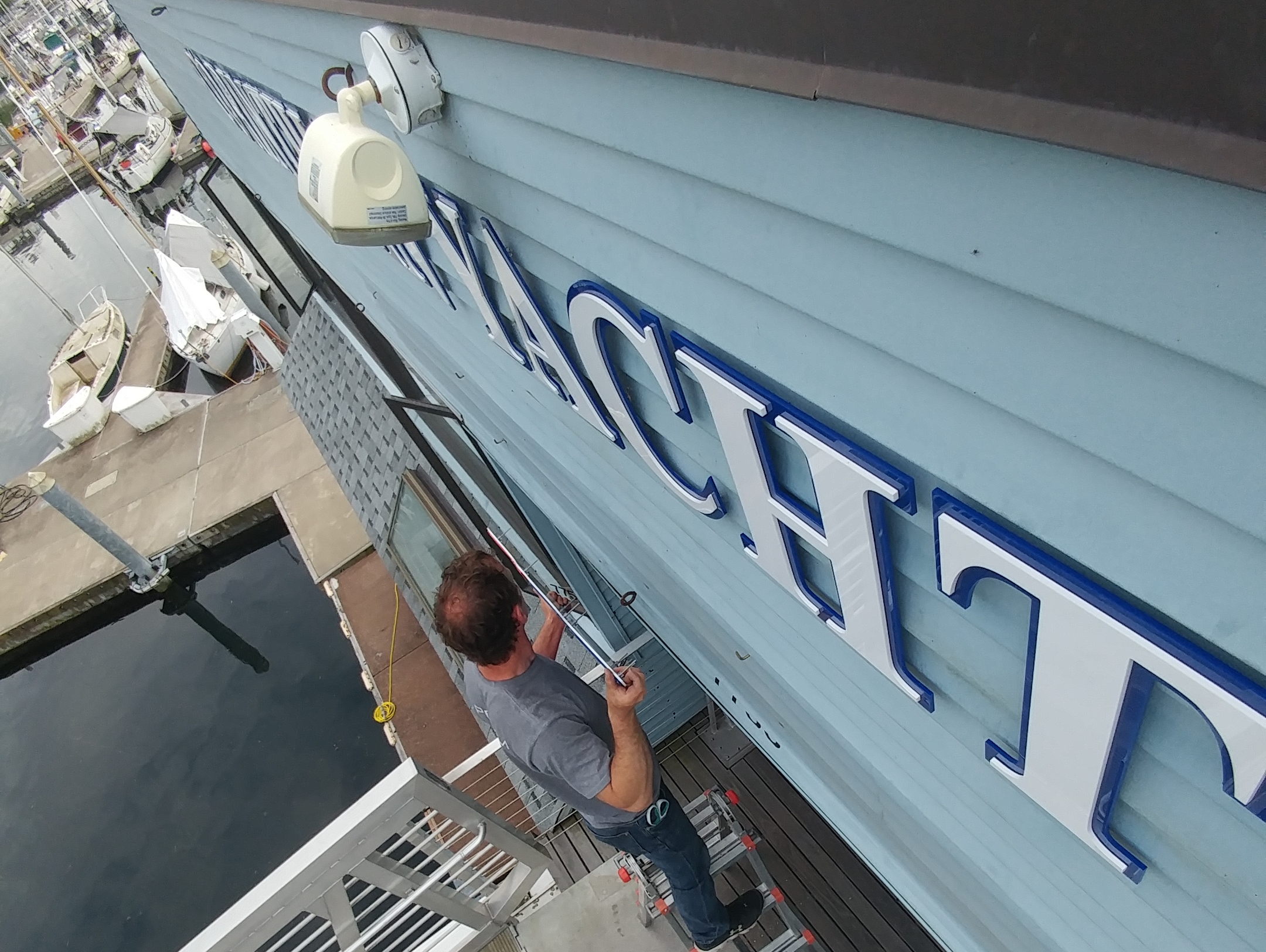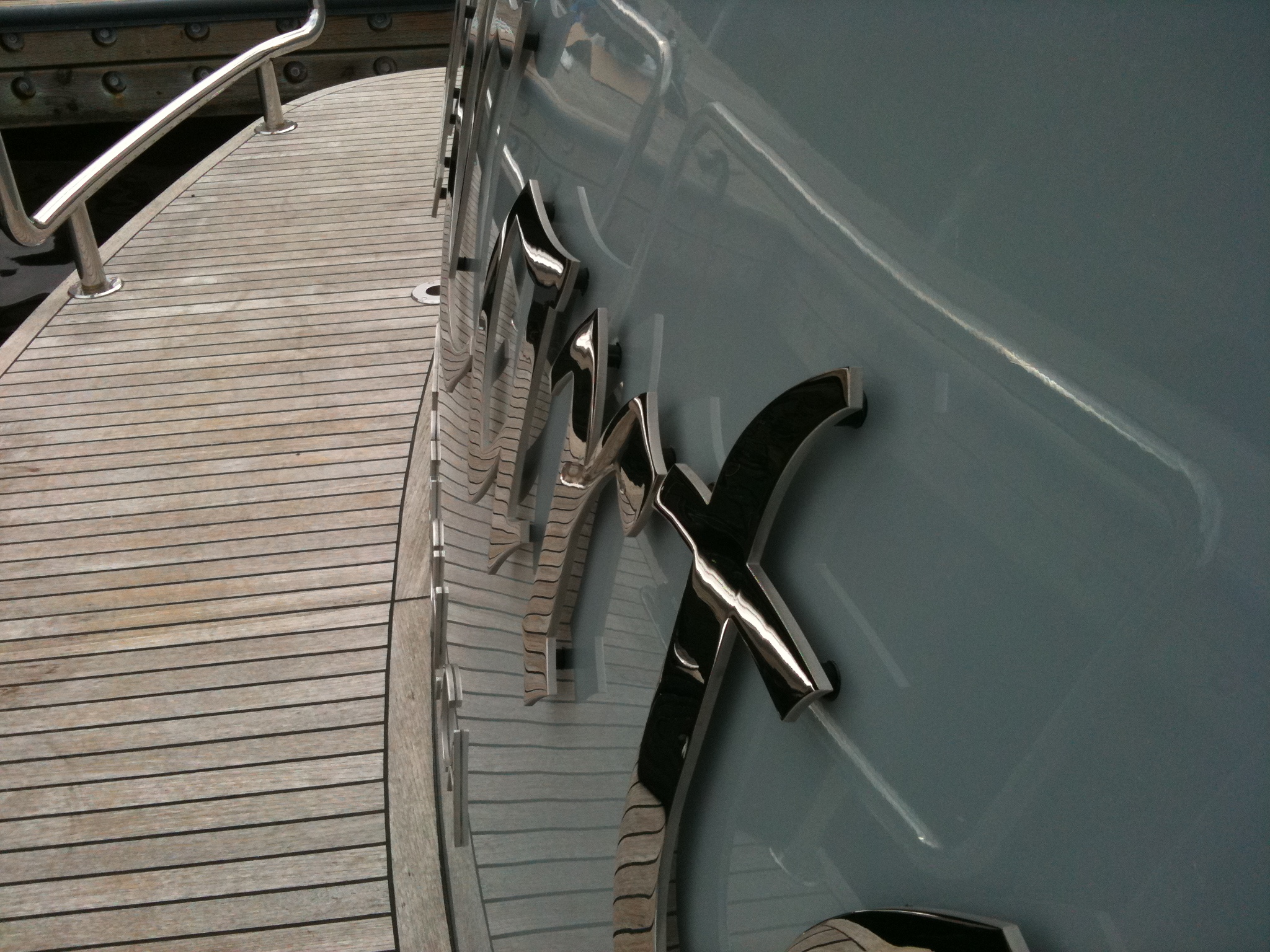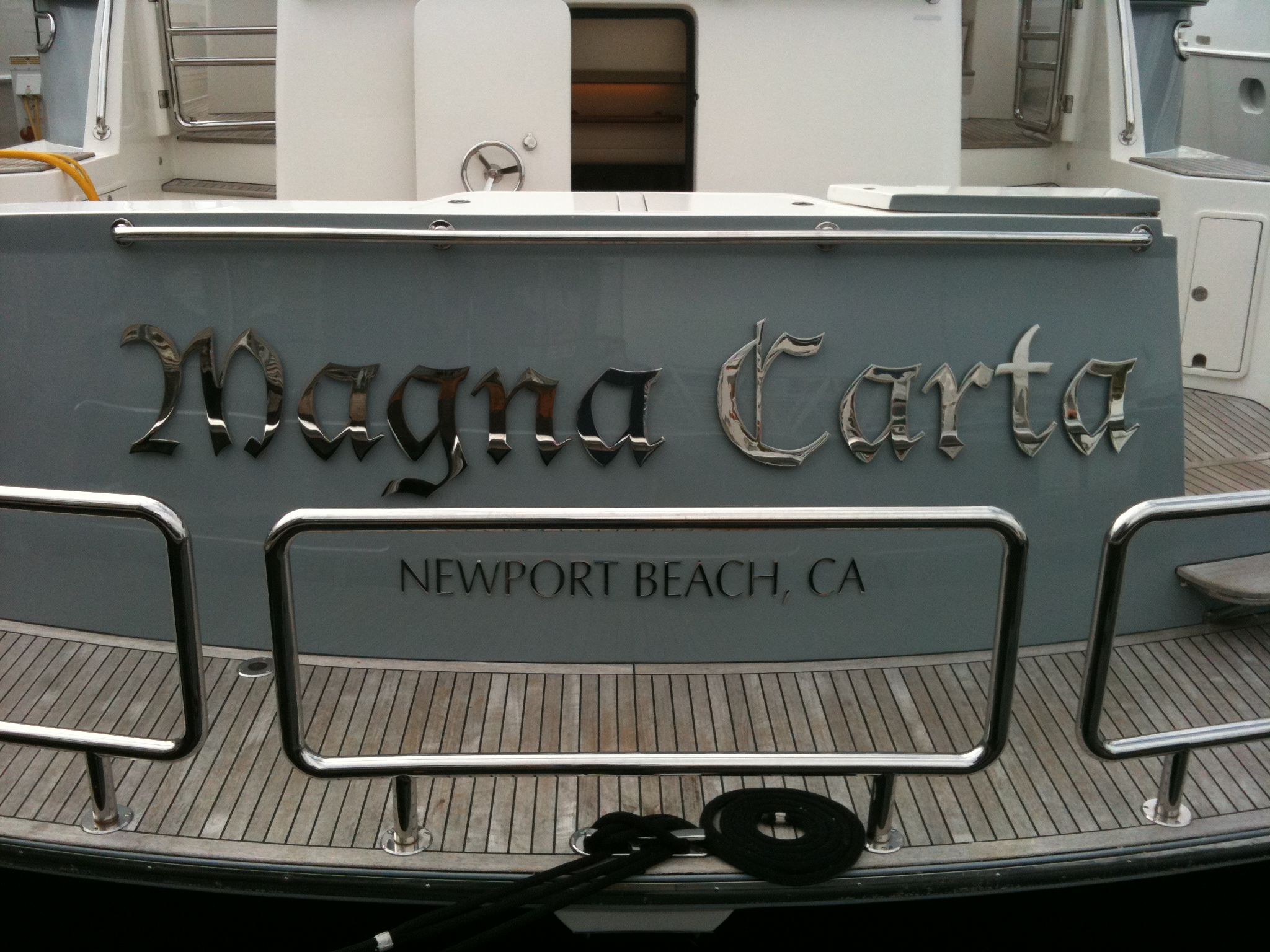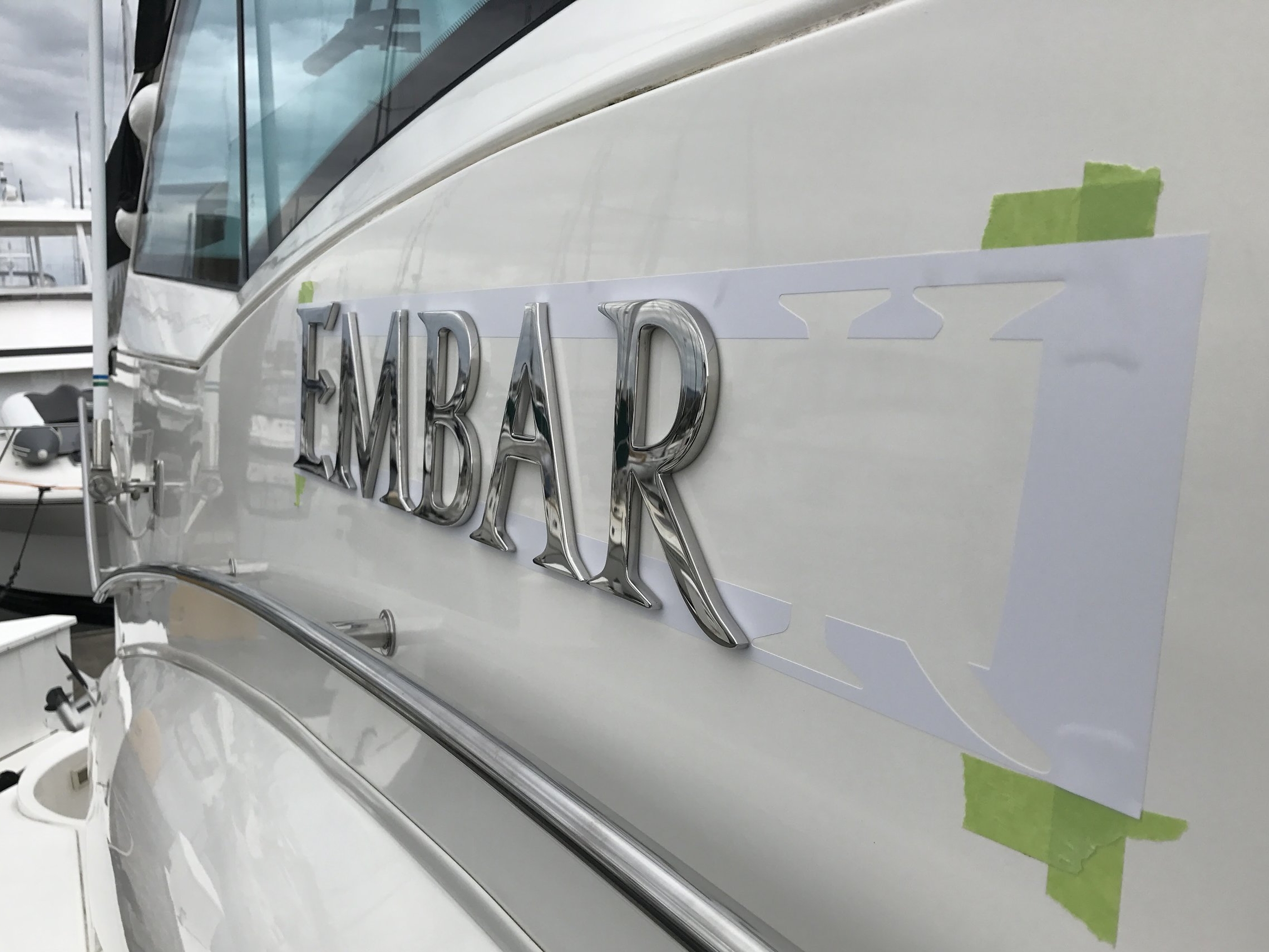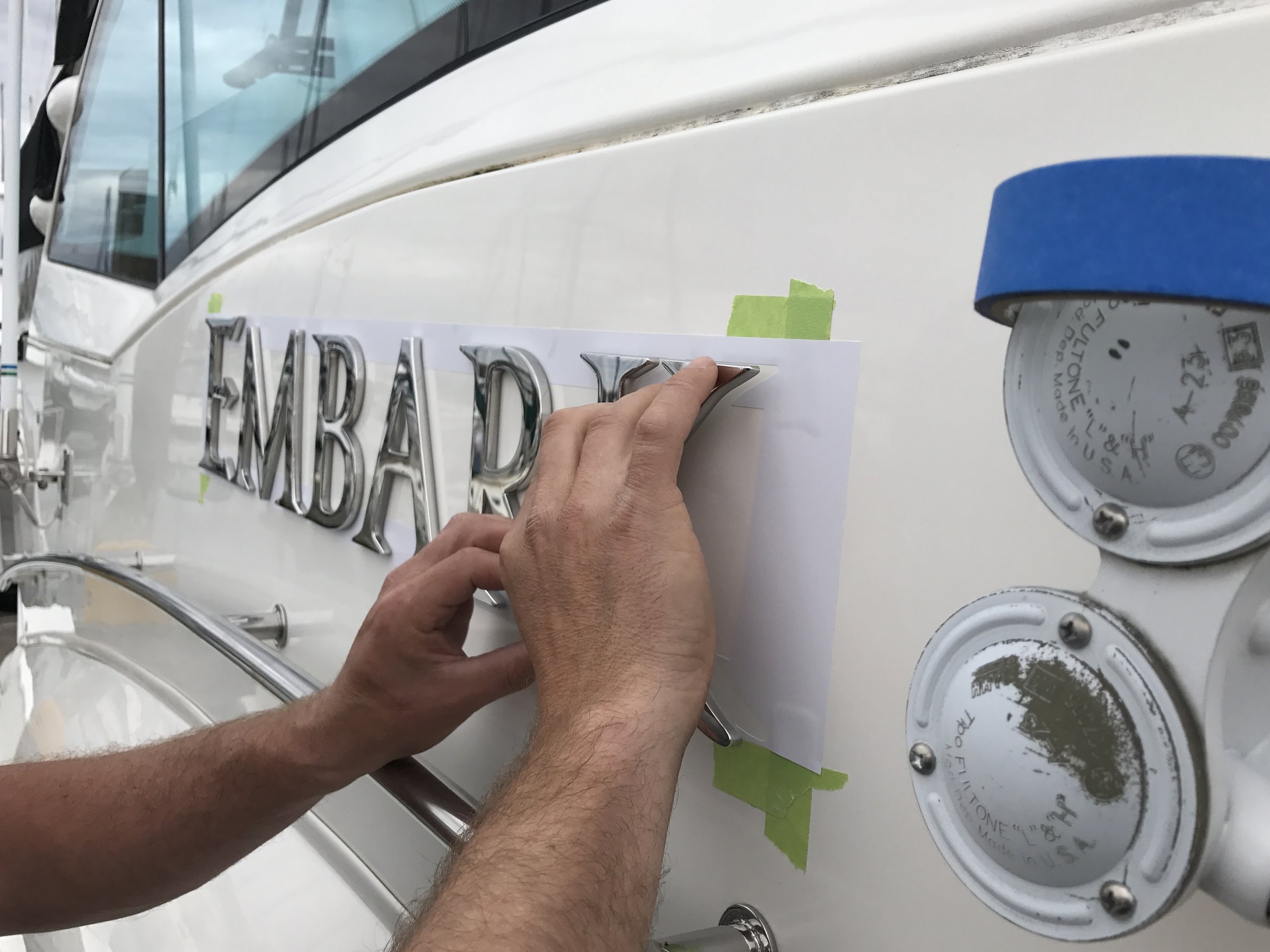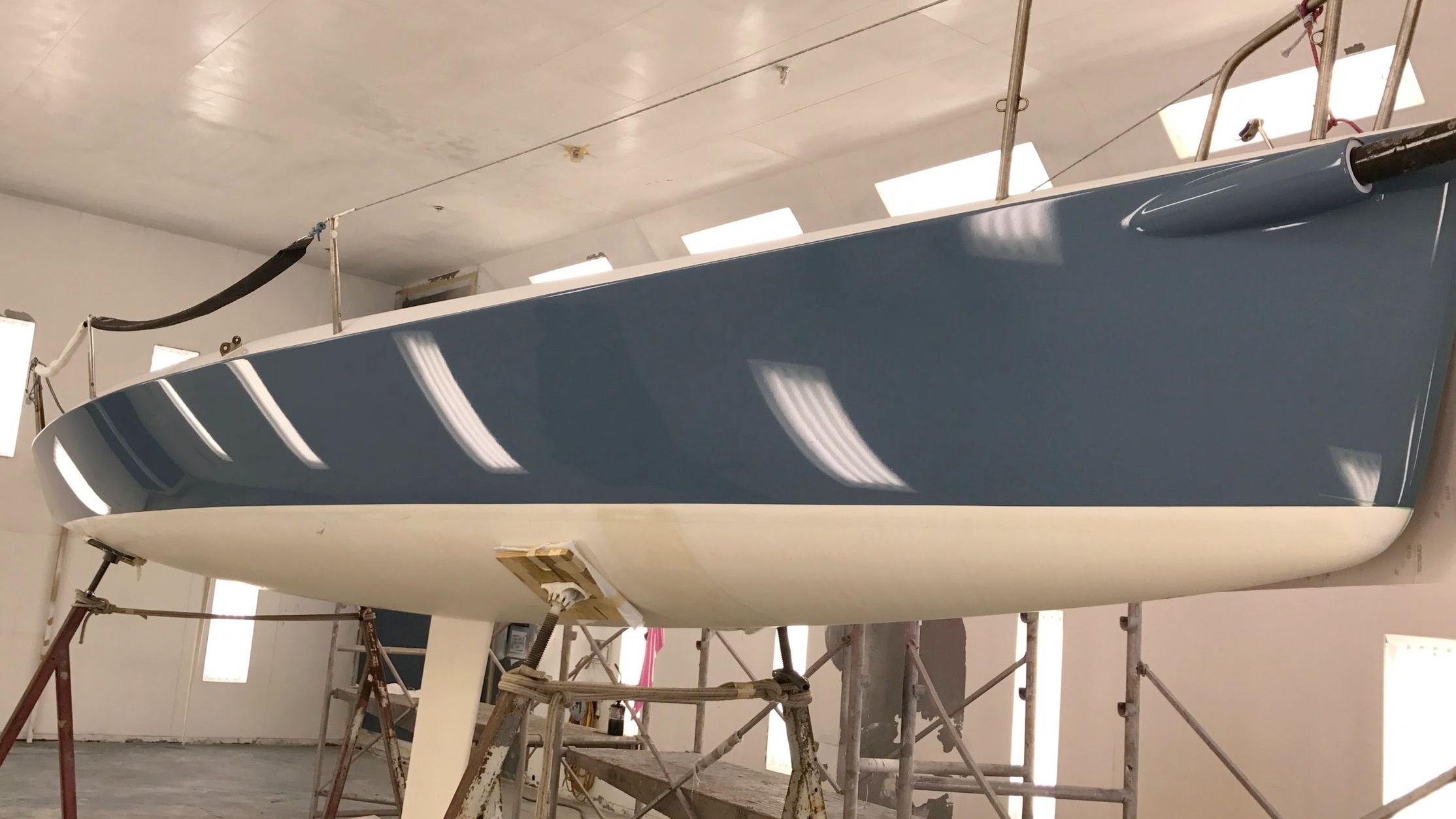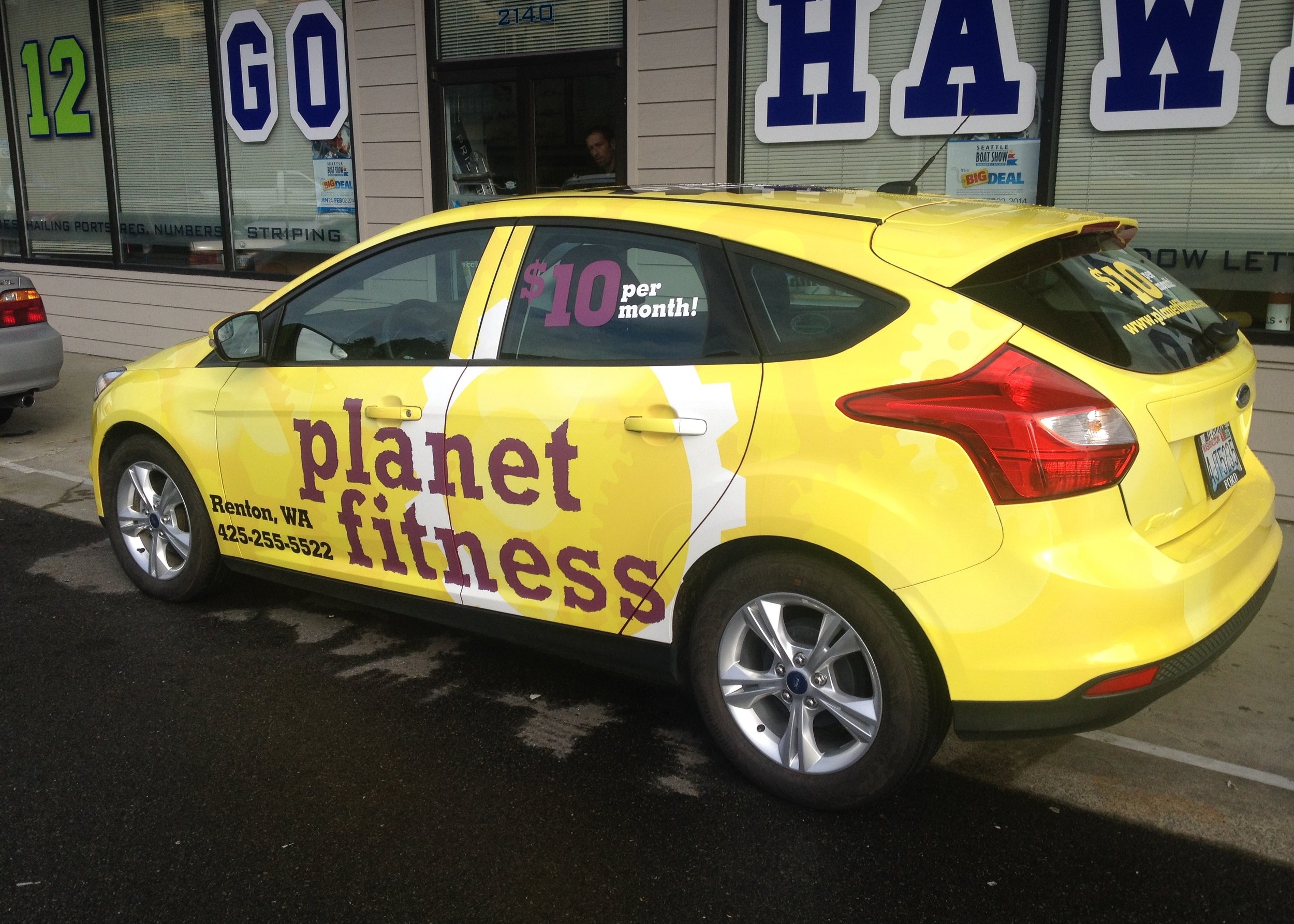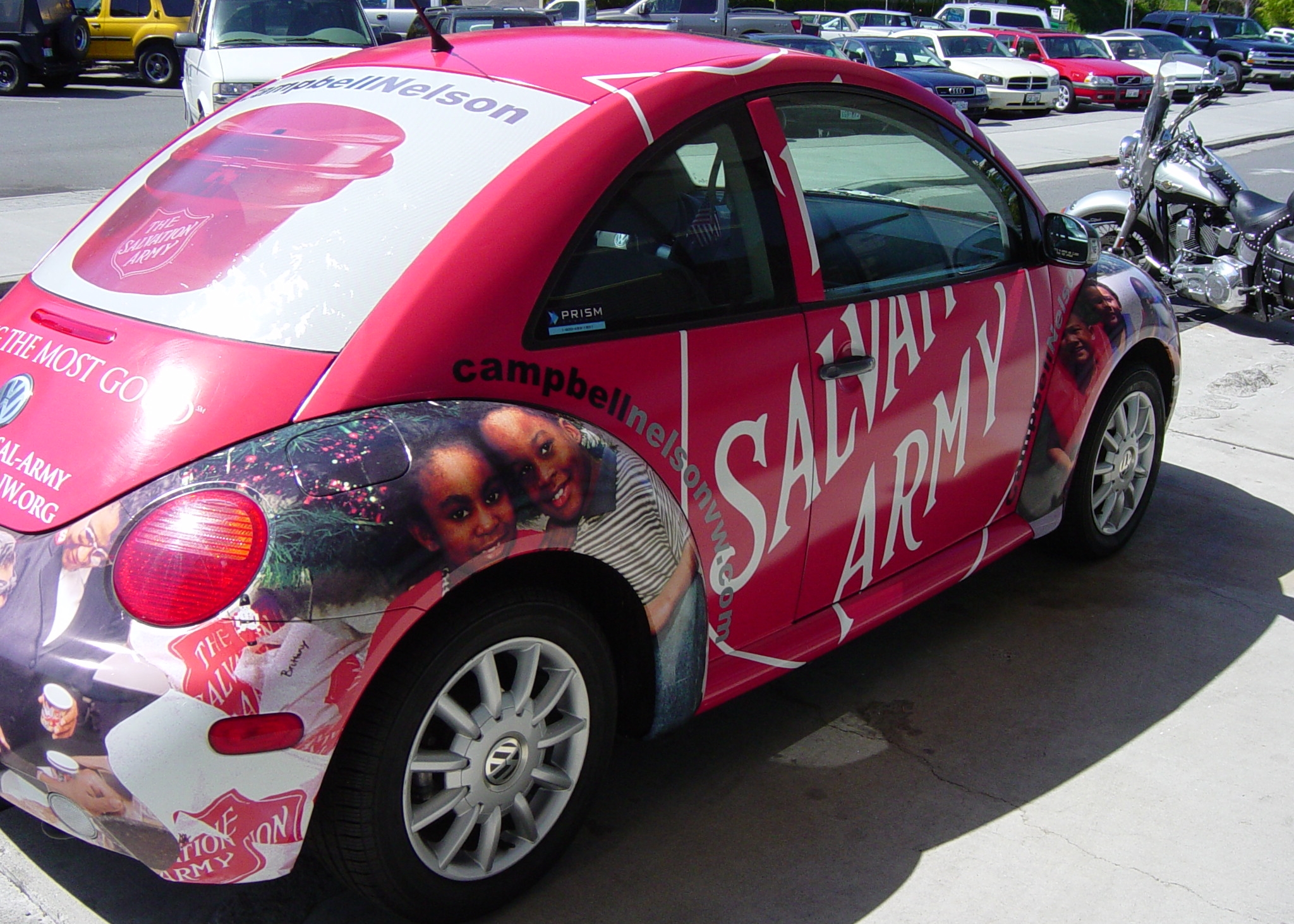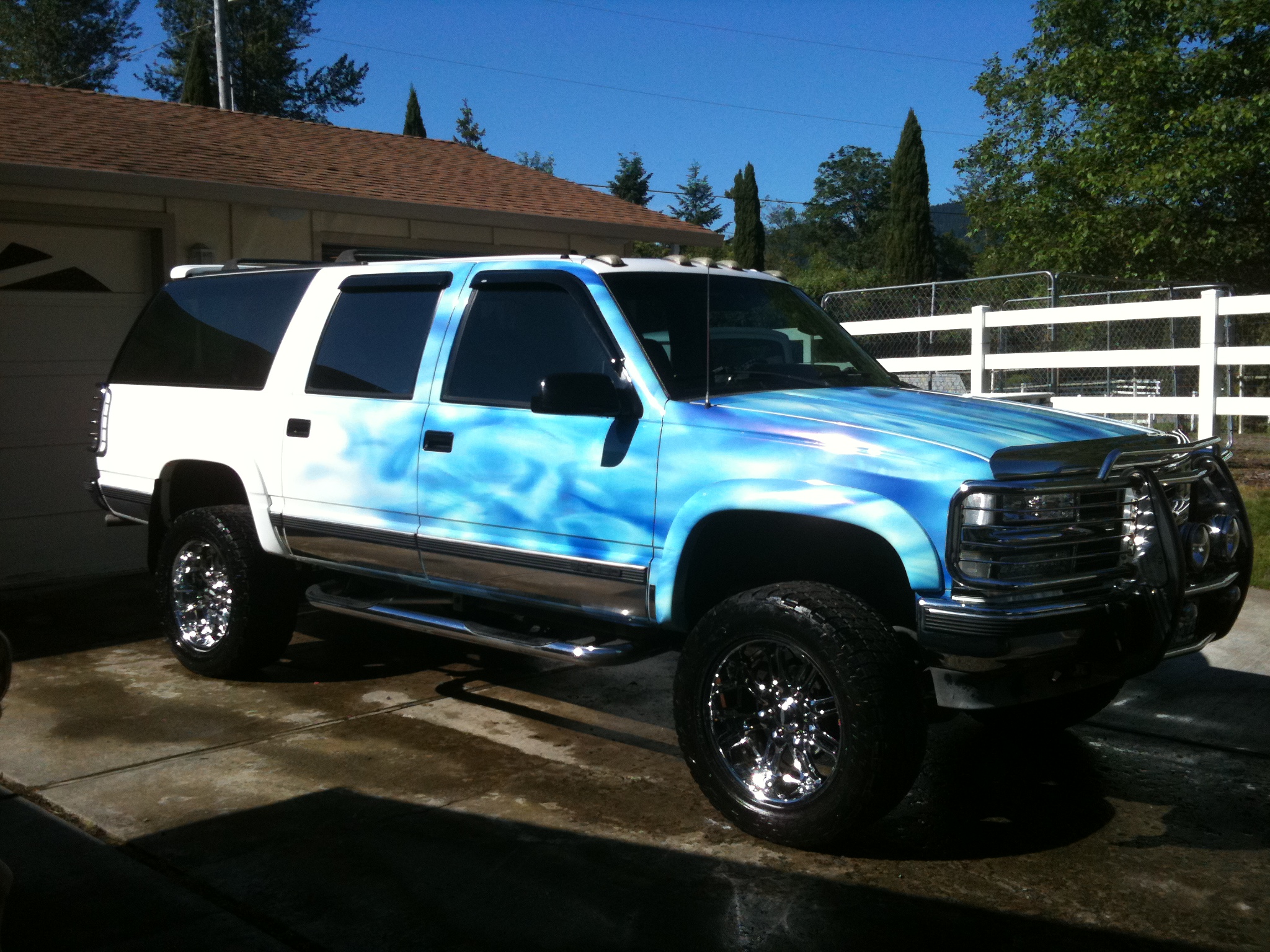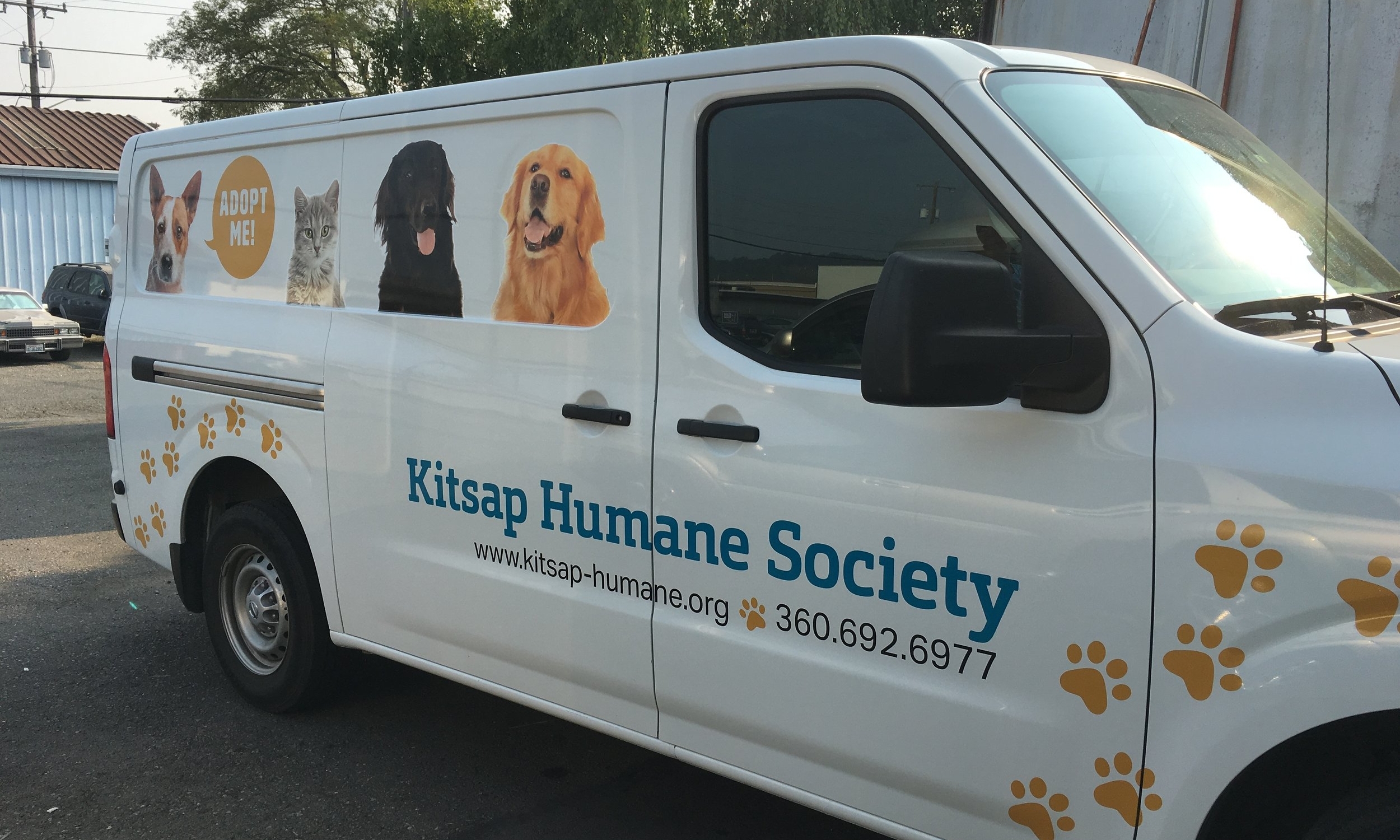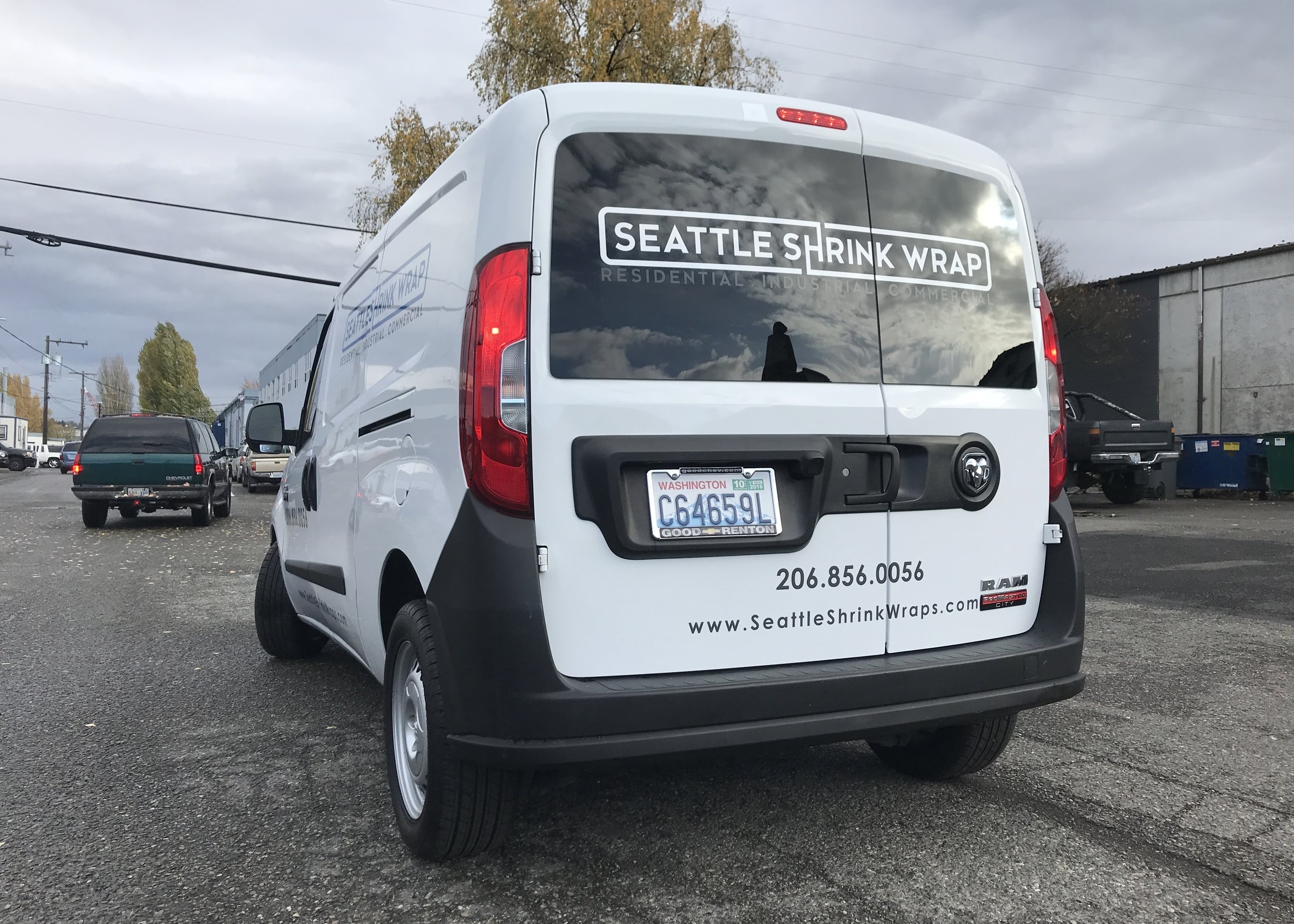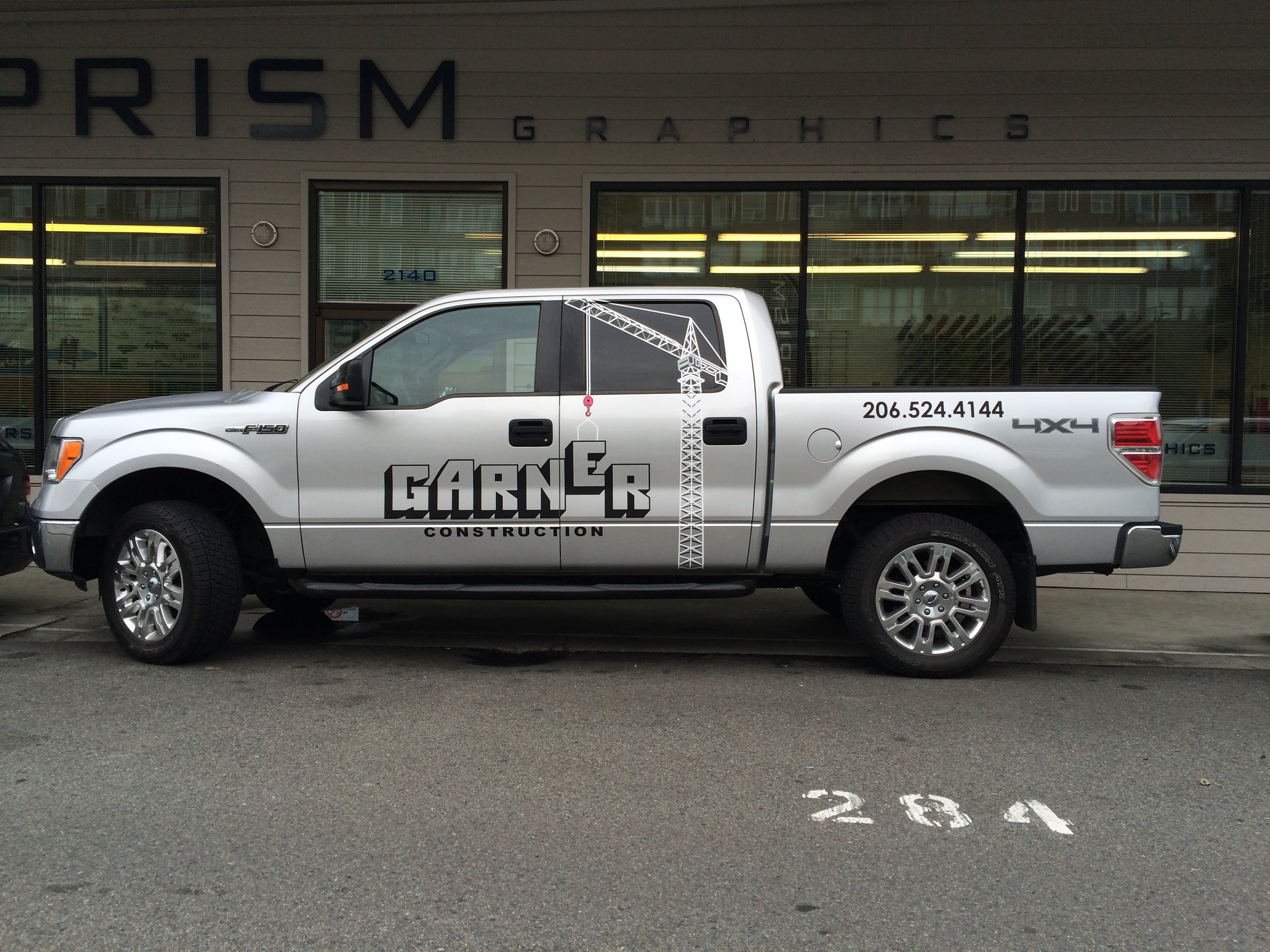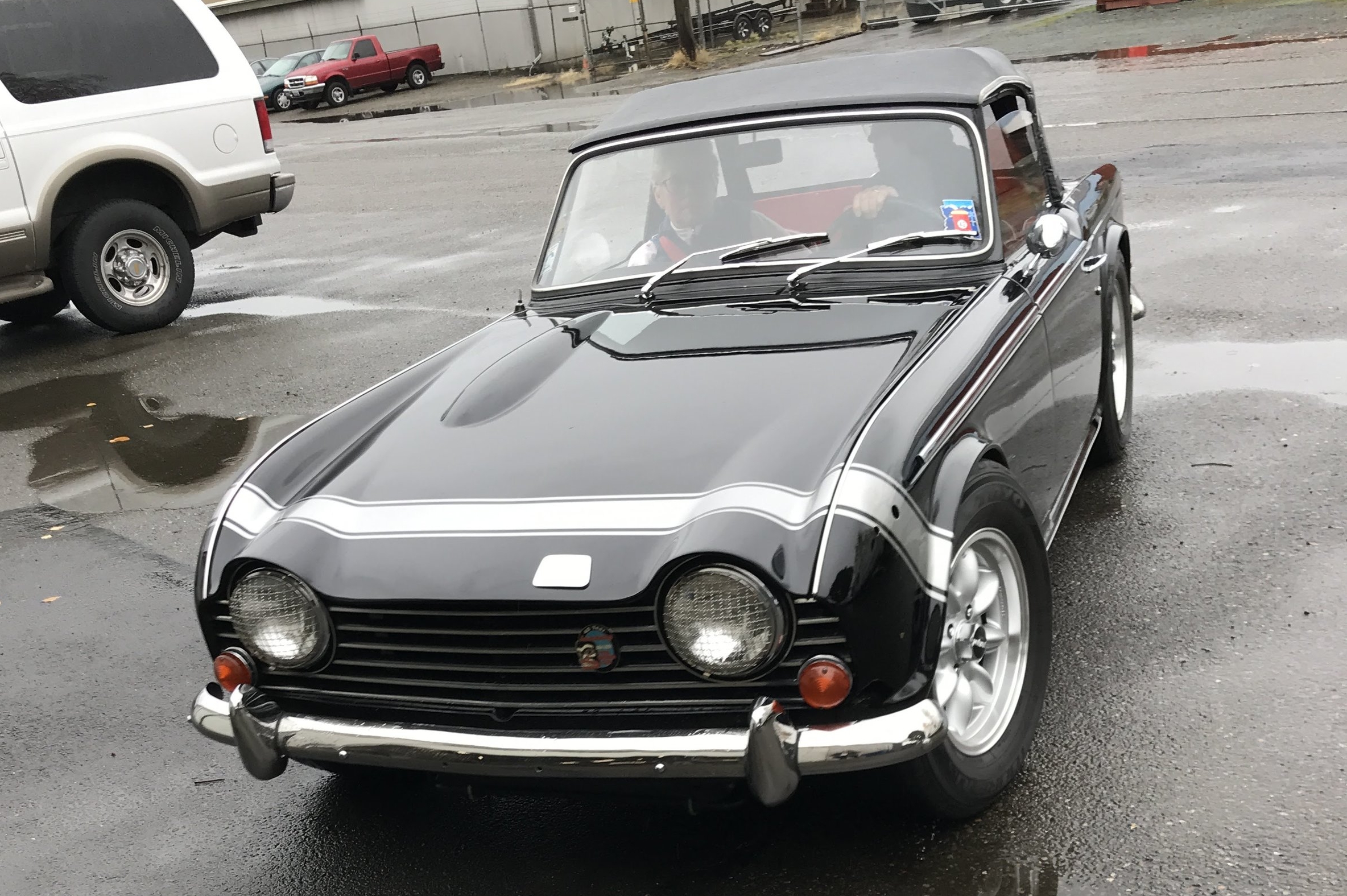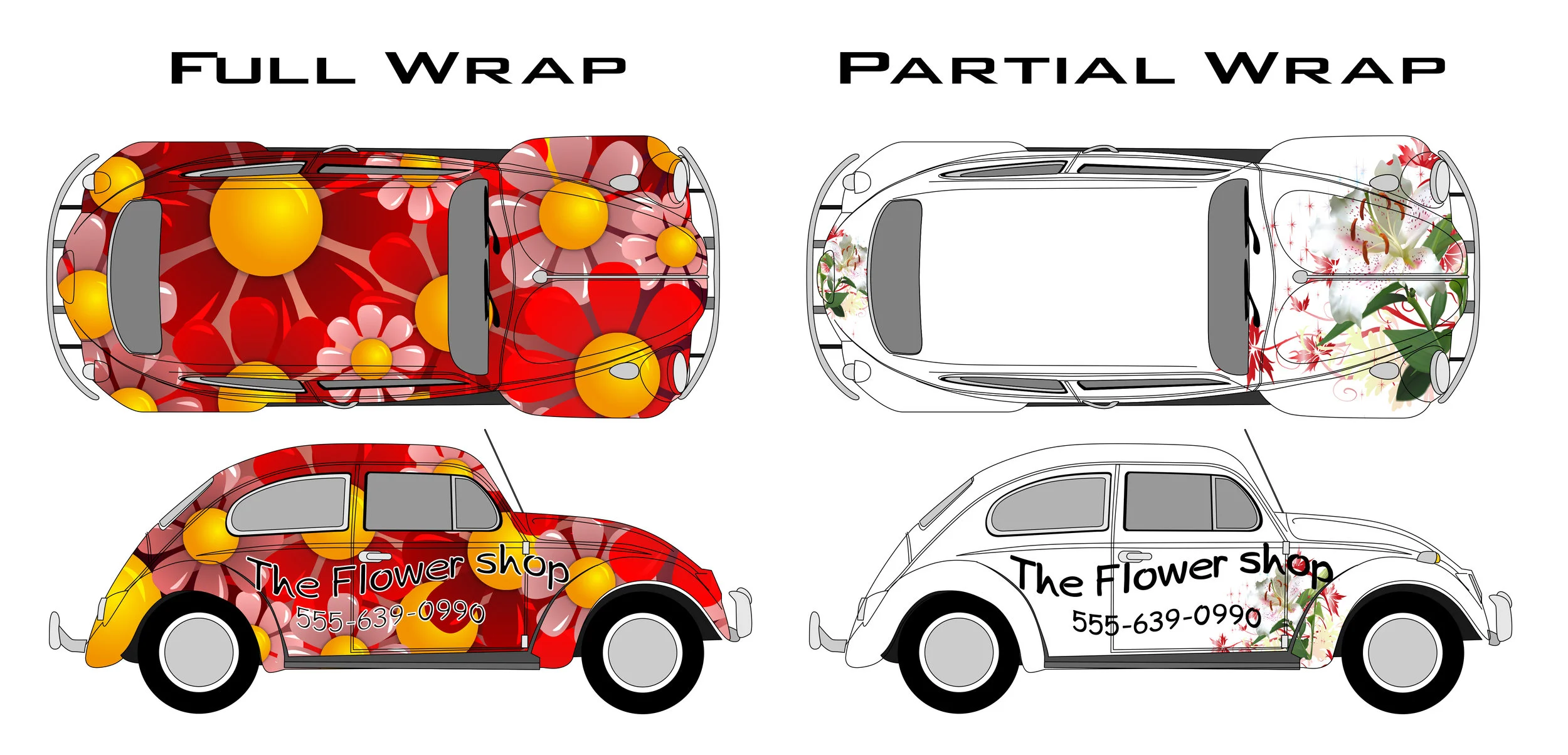
What does a complete full wrap color change look like?
In this post, we feature full color changing vinyl wraps.
220 Cobalt - Before
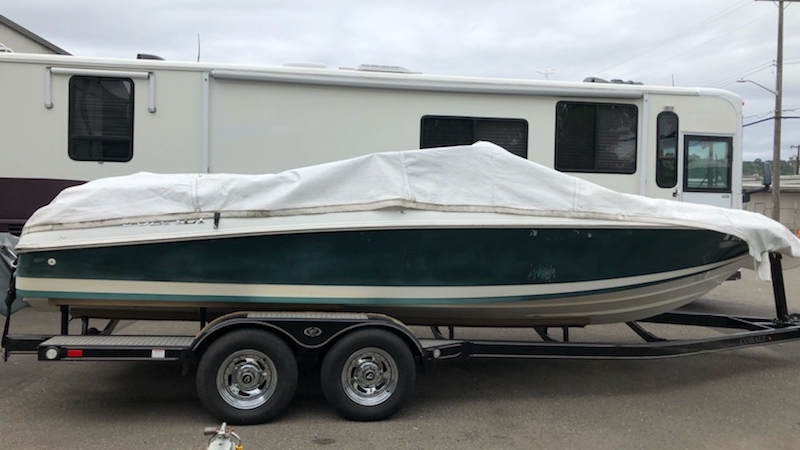
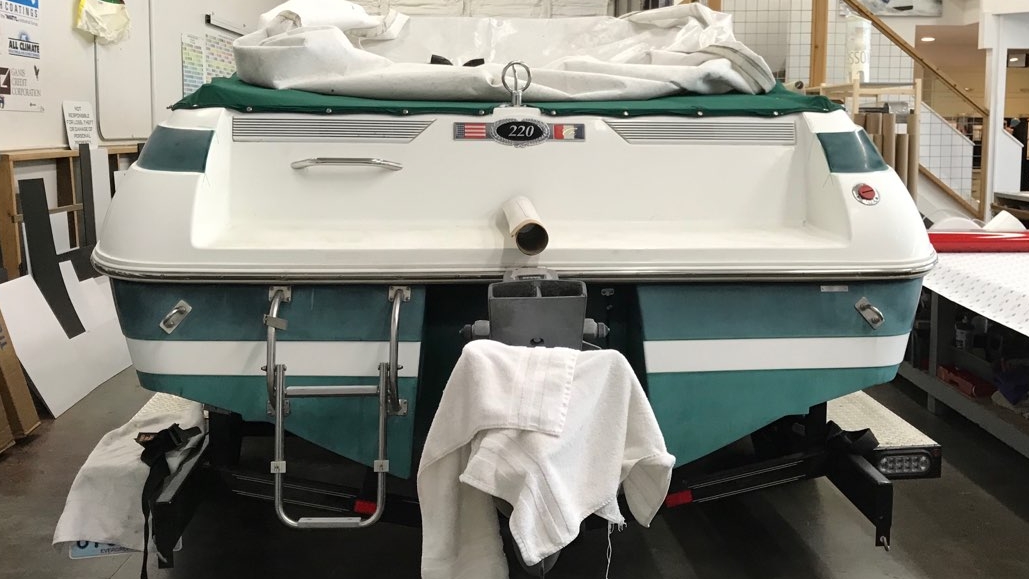
Lexus RCF - Before
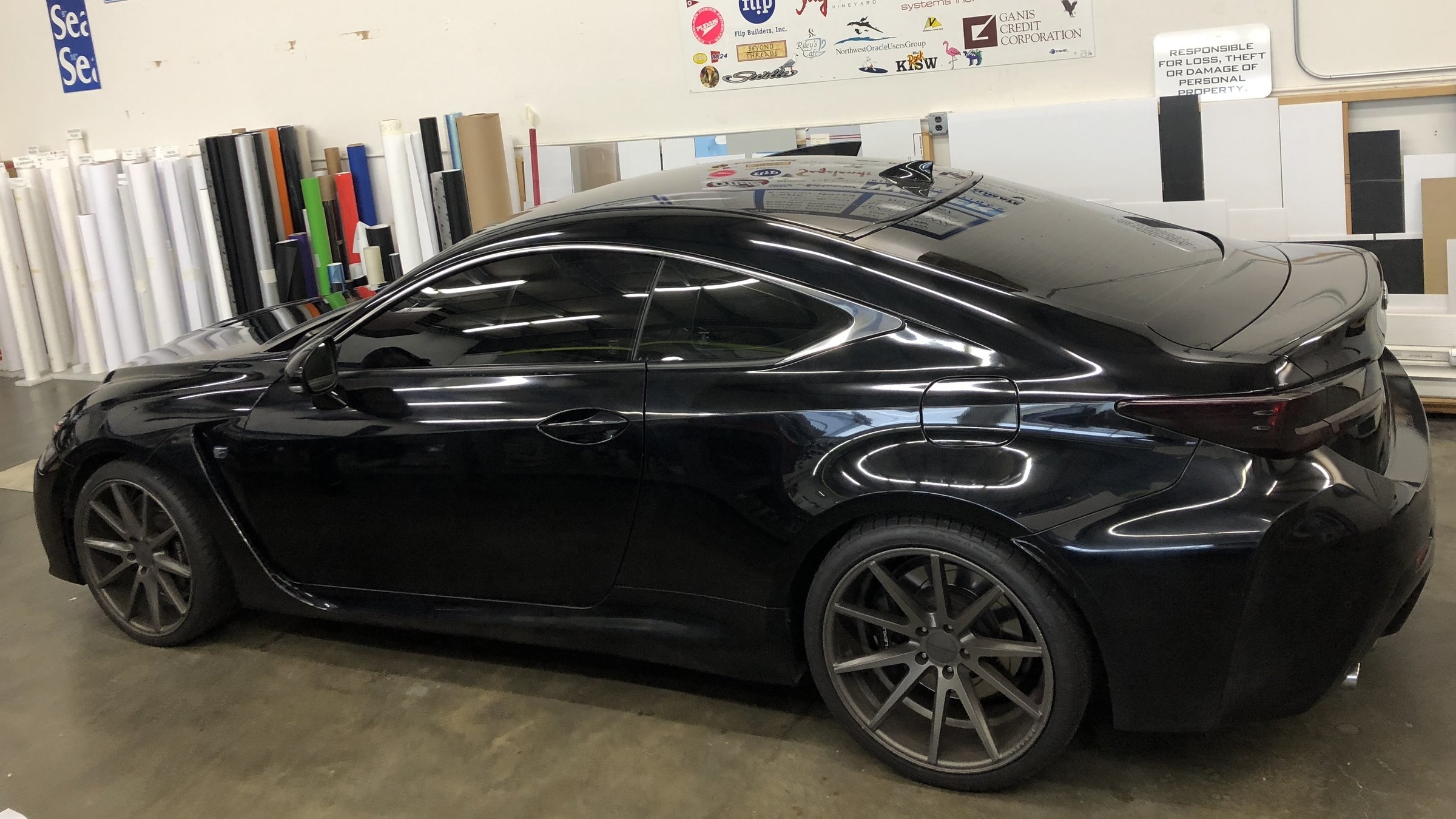

Sierra 26 - Before
220 Cobalt - After
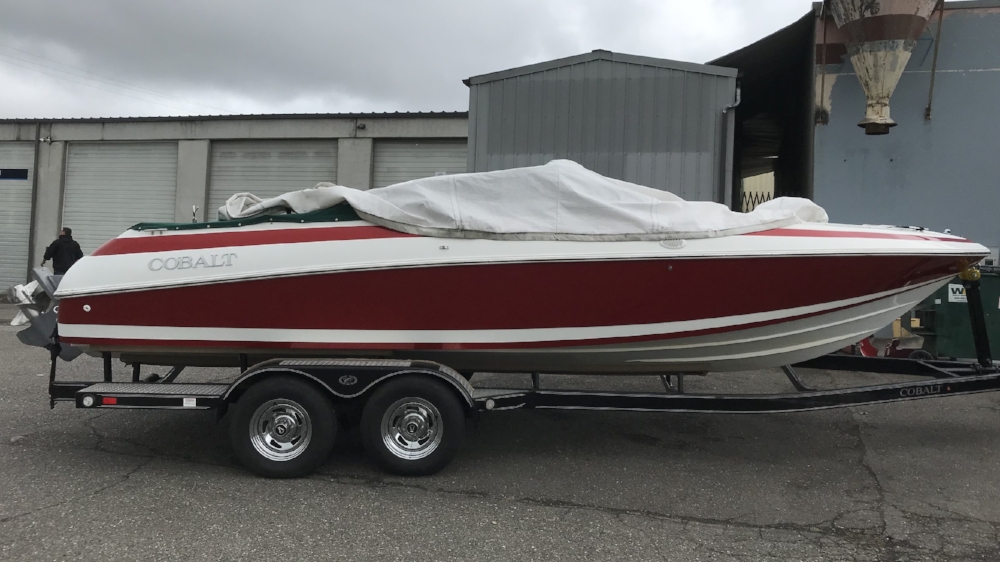
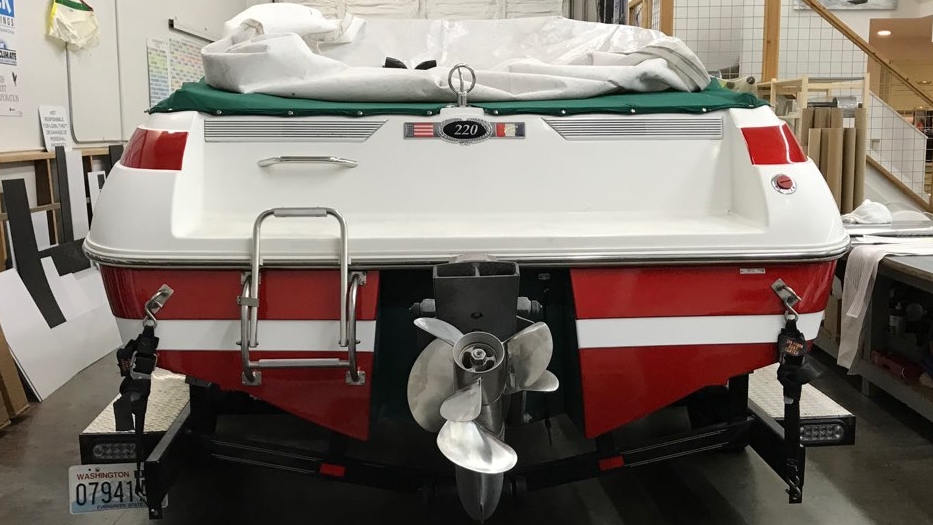
Lexus RCF - After
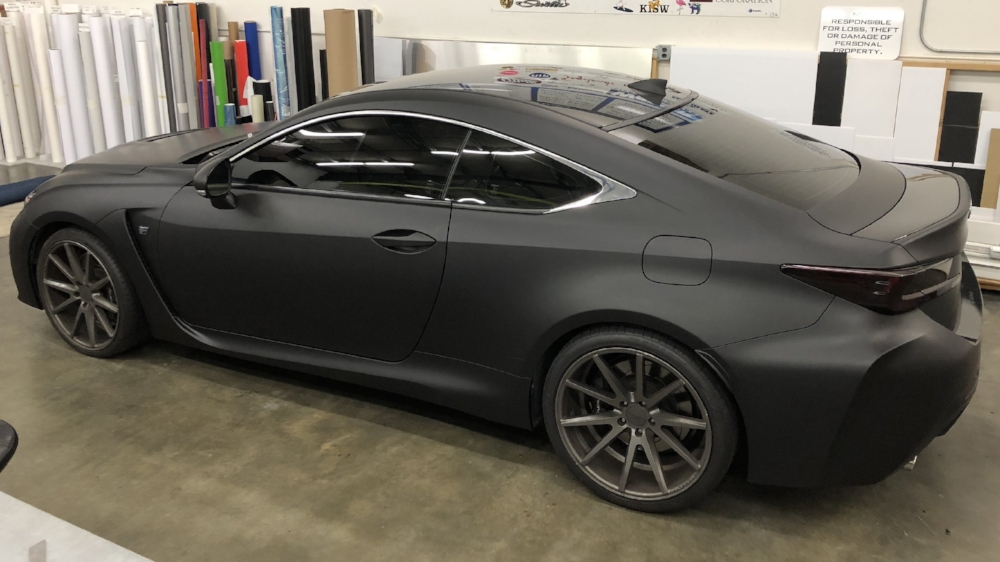
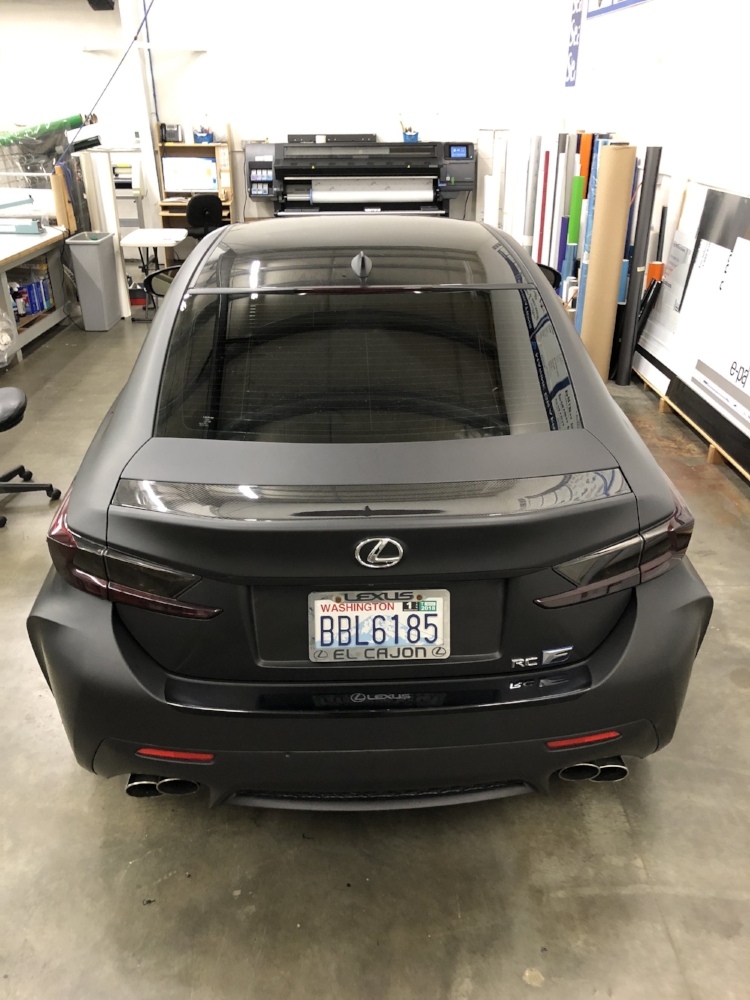
Sierra 26 - After
What does a vehicle look like before and after a wrap?
Before and after albums of a color-change on a Ford Raptor.
Click through the albums to see how this Ford Raptor looked before and after it was wrapped.
Before
After
How can I showcase artwork on my boat?
Your boat can be an unique way to showcase artwork.
One way to showcase artwork is to create a piece of art in place of a movable fixture like a hide-away TV. This project incorporated etchmark vinyl on plexiglass to create an amazing lighting center talking piece.
In Progress
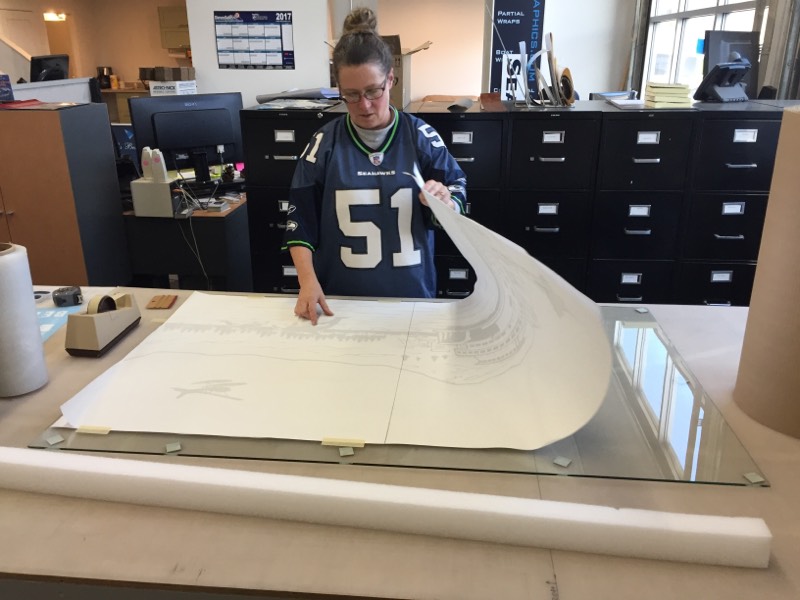
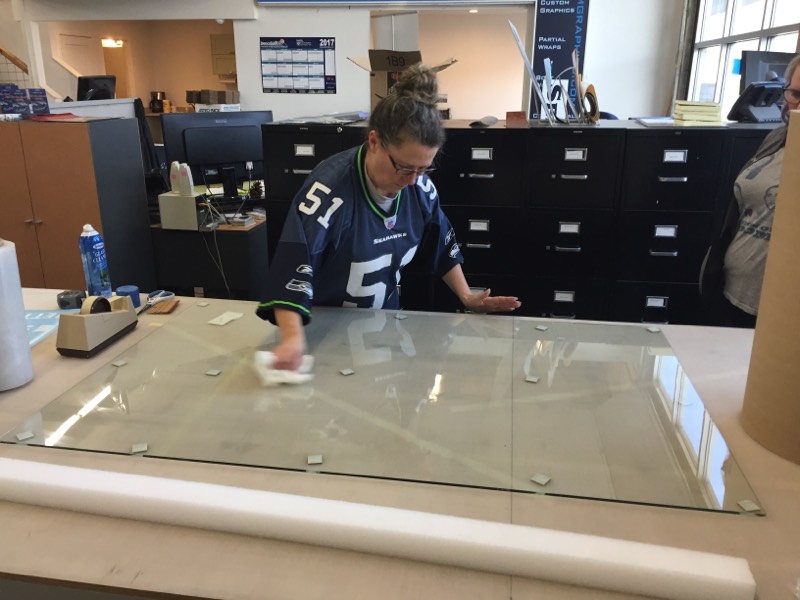
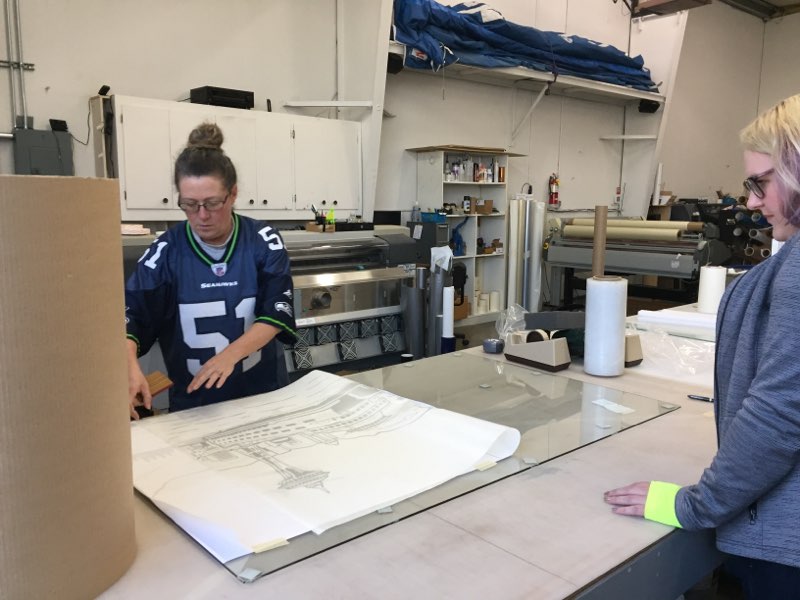
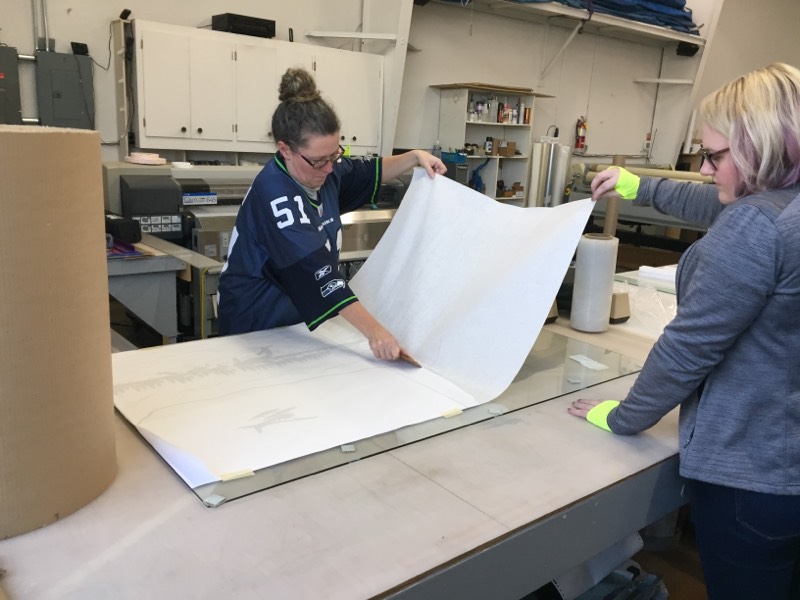
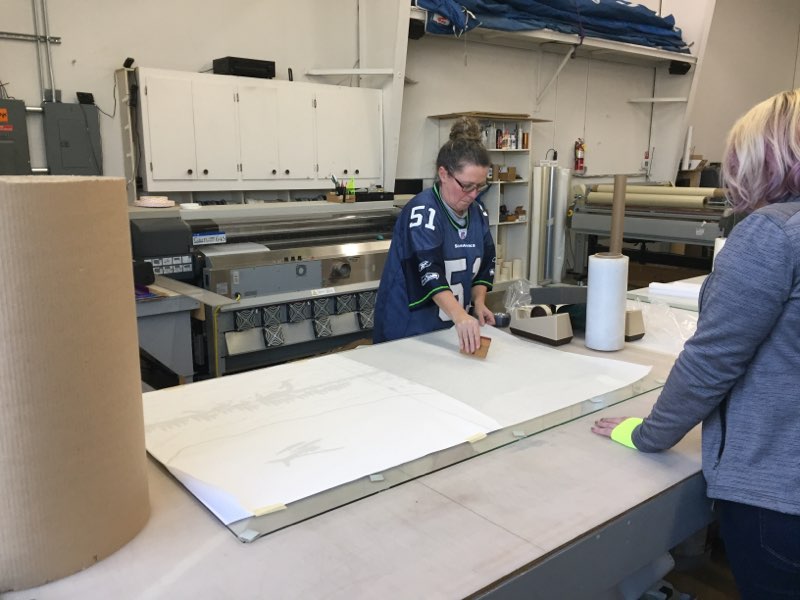




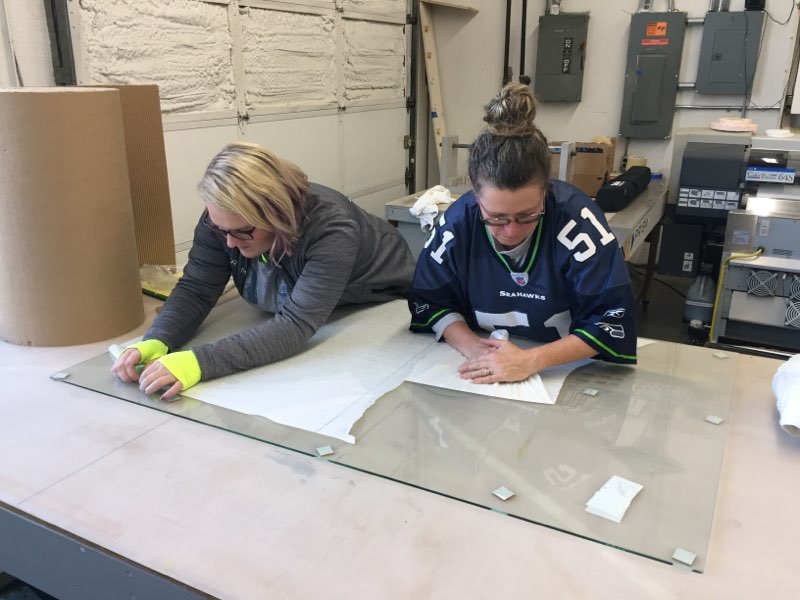

Finished Product

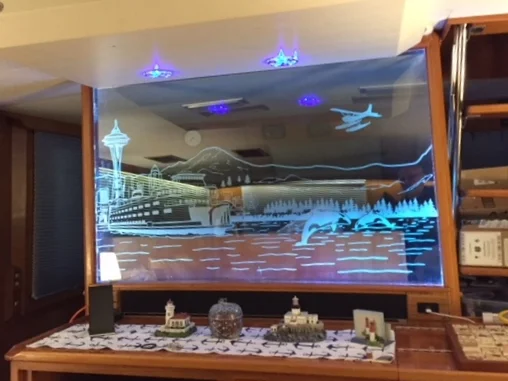
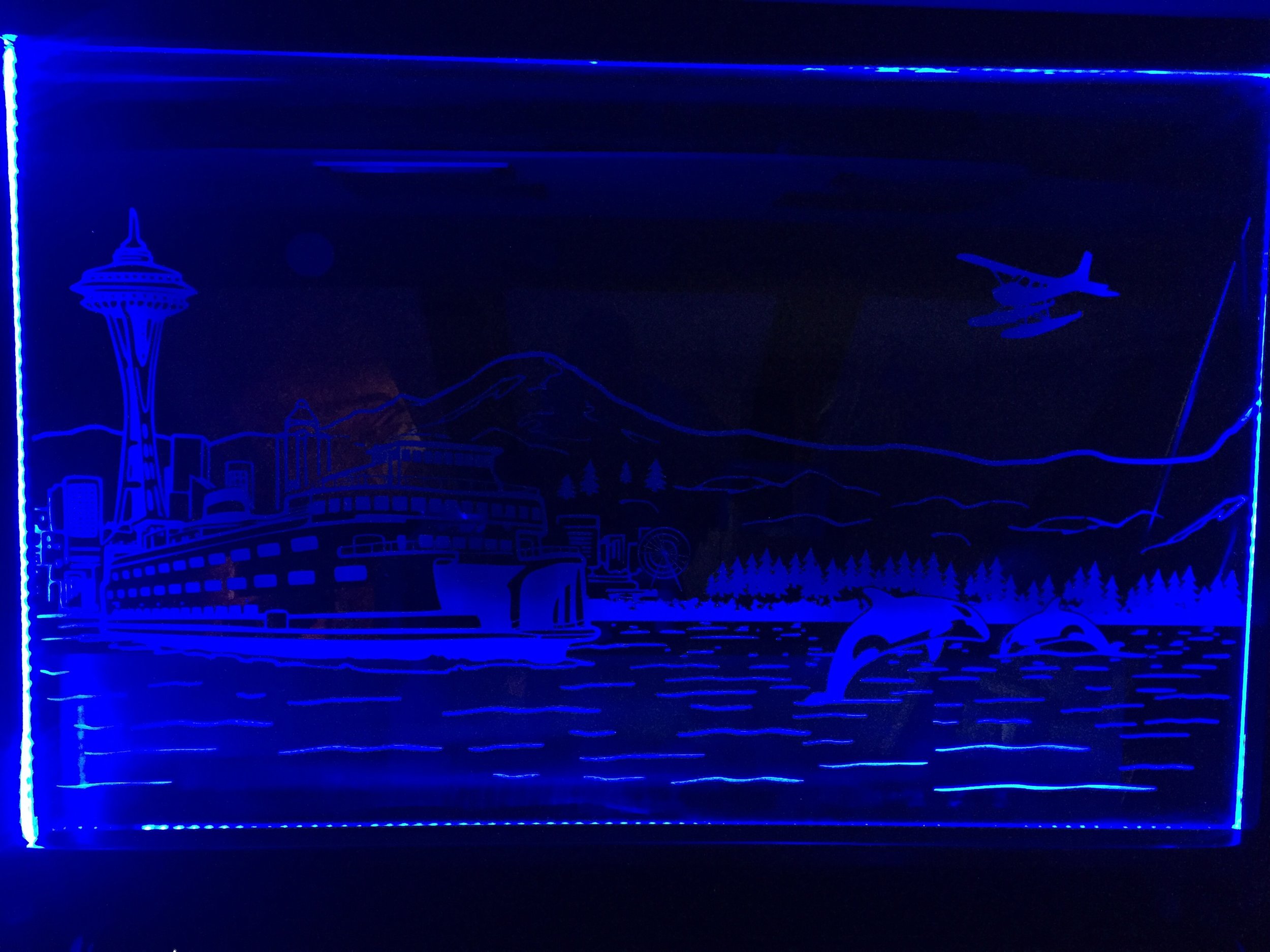
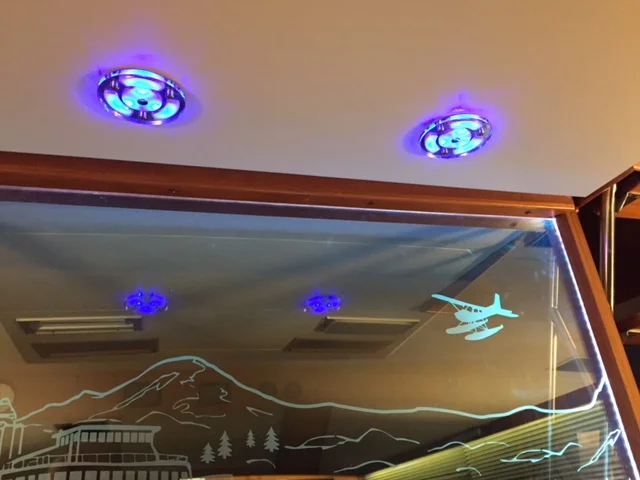
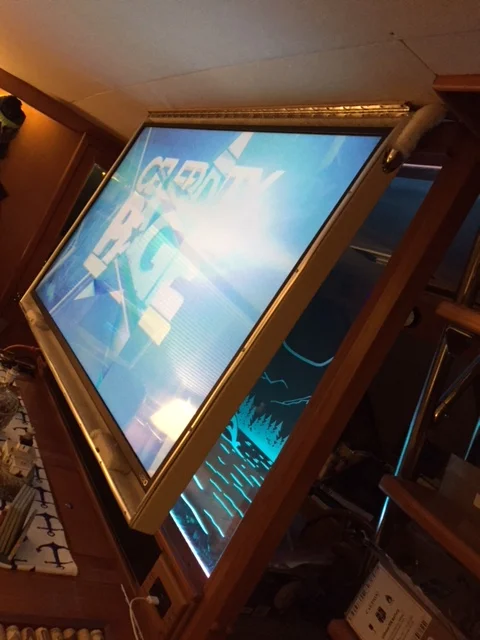
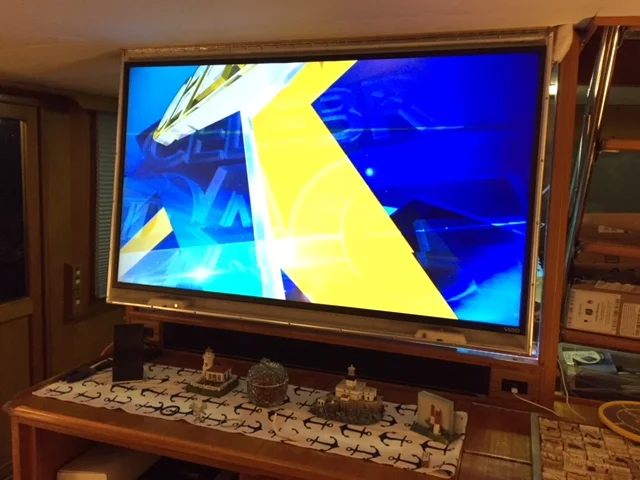
What is the difference between a wrap and a graphics package?
A wrap covers the entire surface area of a vehicle or boat, which a graphics package is wording or graphics that are applied to a vessel, but do not cover the entire surface area.
A wrap covers the entire surface area of a vehicle or boat, which a graphics package is wording or graphics that are applied to a vessel, but do not cover the entire surface area.
Full Wraps
Graphics Package
How can I use signage to create a successful event?
Organizing an event can be a hectic experience that leave even the best professionals overwhelmed and stressed. Whether it’s a business conference, trade show, party, or convention, you know managing a big event presents challenges from beginning to end. So where do you start? We’ve gathered a comprehensive checklist of signs for events to get you on the right track. Make sure to include these in your initial planning, and avoid any unnecessary surprises.
With New Years right around the corner, parties and events will start flooding everyone's calendars. Organizing an event can be a hectic experience that leave even the best professionals overwhelmed and stressed. Whether it’s a business conference, trade show, party, or convention, you know managing a big event presents challenges from beginning to end. So where do you start? We’ve gathered a comprehensive checklist of signs for events to get you on the right track. Make sure to include these in your initial planning, and avoid any unnecessary surprises.
Safety:
Signage solutions designed to keep all attendees organized and safe throughout the event.
Restroom Signs: Don’t forget the basics. These highly recognizable signs will help attendees locate a restroom for regular use or an emergency.
Parking Signs: Essential in an unfamiliar environment, these signs direct vehicles where to go upon arrival and prevent confusion and potential accidents.
ADA Signs: Required by federal law, addressing these sign requirements will keep your event safe for every person in attendance, prevent potential legal trouble, and enhance your event’s reputation.
Wayfinding: Signage solutions designed to help attendees safely and efficiently get from one place to another
Digital Kiosks: An updated take on the handheld map, these interactive guides provide attendees with a more detailed directory.
Directional Signage: A traditional guide to your destination, these simply marked signs provide a quick reference for attendees on the go.
Room ID Signs: Basic but distinctive, these signs clearly identify room names and numbers for attendees in an unfamiliar building.
Stage: Signage solutions designed to present a professional and visually striking face to the entire event audience
Podium Graphics: An event staple, a podium can be given a creative facelift with easy-to-install graphics, decals, or wraps that extend your event branding and present a professional look.
Stage Graphics: These graphics, like a backdrop banner, are capable of transforming your stage from a standard structure into an impressive and engaging display.
While these aren’t the only signs you’ll need to execute a great event, they’re a good place to start. So take your time, make sure you’re prepared for any situation, and commit to making your next event as safe, convenient and entertaining as possible.
How do I utilize signage for the holiday season?
If you haven’t noticed it yet, you’ll definitely start noticing the transformation. Lights will be hung, doors will be decorated, and Bing Crosby’s “White Christmas” will be playing on seemingly every street corner. The holidays are coming and along with that anticipation comes the enthusiasm of a community celebration. Decorating for the holidays doesn’t have to be difficult or time-consuming. Some of the best displays succeed because of their simplicity.
If you haven’t noticed it yet, you’ll definitely start noticing the transformation. Lights will be hung, doors will be decorated, and Bing Crosby’s “White Christmas” will be playing on seemingly every street corner. The holidays are coming and along with that anticipation comes the enthusiasm of a community celebration. City blocks will be dressed in holiday street signs as cities and businesses do their part to get everyone into the spirit of the season.
Decorating for the holidays doesn’t have to be difficult or time-consuming. Some of the best displays succeed because of their simplicity. The window graphics pictured below are applied on the storefront window as a tasteful complement to the retail store’s product advertisement. This is the simple strategy of showing, not telling.
Some businesses are fortunate enough to have an artistically inclined employee or two to decorate their storefront. For the rest of us amateur doodlers, window graphics remain the most attractive and effective way to bring your business to life during the holiday season. More impressive than the attractive graphics, the joyous reindeer scene below perfectly matches the style of the store's already established brand. Take the opportunity to not only decorate, but design a display that makes sense for your business.
Image courtesy of SignsByTomorrow.
Your holiday display is all part of the celebration, but at the end of the day, it’s also an invitation to potential customers. Use the enthusiasm of the season to drive a promotion or sale. This boutique used their holiday signs to promote their holiday sale, while using imagery that touches on the themes of the holiday season.
Image courtesy of SignsByTomorrow.
We’re looking forward to all of the imaginative displays again this holiday season, as cities and businesses up the ante every year. Share pictures of the best holiday displays you’ve seen on our Facebook page or tag us in your Instagram post. And if you want to steal the show this season with your holiday street signs, we've got you covered.
Does extreme weather effect the longevity of my vinyl?
If you take proper care of your vinyl graphics or wrap, the simple answer is no.
If you take proper care of your vinyl graphics or wrap, the simple answer is no.
How do I take care of graphics in cold winter weather?
Snow and ice alone will not damage your graphics or wrap and most adhesive vinyls used on vehicles are designed to hold up well to road salt. However, precautions should be taken.
For vehicles, be sure to remove salt from the undercarriage, wheel wells, and equipment. What does the undercarriage have to do with your vehicle graphics? Nothing directly- the potential problem is rust. Rusted steel components eventually affect the graphics attached to them because you can’t wrap rust. Don’t scrape snow, ice, or salt off your car with ice scrapers or snow shovels — doing so could scratch your graphics. Carefully use a broom, or better yet, a soft cloth to remove snow and ice. Treat the graphic like you would paint. If you wouldn’t use an ice scraper on paint, don’t attempt it on vinyl. Don’t let road salt accumulate on your vehicle. Adhesive vinyl resists salt, but if it’s exposed to road salt over a long period, damage could occur. Road salt is extremely corrosive. Additionally, do not use an ice scraper to remove snow and ice from solid vinyl or perforated vinyl covered windows. It is recommended to use the window defroster and a snow brush rather than ice scraper to clear the window.
For boats, not too much needs to be done for maintenance. Like on a vehicle, don't use any tool that you wouldn't use on the underlying paint/gelcoat. Because the salt in salt water is far less corrosive than road salt, regular spray downs are sufficient to keep your graphics or wrap looking fresh.
How do I take care of graphics in hot weather?
Graphics and wraps are fairly low maintenance, especially in warm temperate weather. When it's really hot outside, be sure not to knock into or scrape the graphics as they are more susceptible to damage (immense heat makes vinyl more stretchy). If your graphics are directly exposed to UV on a regular basis, you may start to notice fading after time. This is because the UV protection on vinyl does weaken over time and is a completely normal part of the vinyl's lifespan. The best way to keep fading at bay is to wax your wrap/graphics regularly.
What are the different types of vinyl?
There are essentially three major brands and types of vinyl. In this post, we explain their differences and when best to use them.
There are essentially three major brands and types of vinyl. Additionally, there is printable vinyl, which will not be covered in the article.
What are the three brands and what differentiates them?
The major vinyl brands are 3M, Avery, and Oracal. There aren't any major differences between the three brands. No brand has any major advantage over the other. In our shop, we tend to use Avery Brand as it has the most color options and is easiest to order to our location.
What are the different types of vinyl?
1. Cast Vinyl
Cast vinyl comes in 3 finishes: gloss, matte, and metallic. This premium material has varying lifespans of 3-10 years depending on the color and finish.
2. Wrap Material/Film
Wrap material comes in a variety of finishes and textures including matte, gloss, matte metallic, brushed metal, and carbon fiber. The above color chart of wrap films displays approximately 1/3 of offerings in this category.
3. 22k Gold/Real Silver
Real Gold/Silver is a long-lasting vinyl product that utilizes 22k Gold or Non-Tarnishing Premium Silver, depending on the final color of the material. It comes in a variety of finishes and patterns, as displayed above. It is not distributed by 3M, Avery, or Oracal.
What are the differences in the three types of vinyl listed above?
The major differences between the three major vinyls include lifespan, finish, and use. Every vinyl's lifespan can be extended with regular maintence such as waxing and only hand buffing over graphics. Wrap maintenance is similar, but you are not required to only use a hand buffing method.
Within every category, the lifespan is effected by the finish and UV exposure. For instance, most metallic cast vinyls have a lifespan of 3-5 years, while a gloss finish has one of 7-10 years or a wrap film that is horizontally exposed (like a roof, flybridge, or topside) will have a 7 year lifespan, while vertical surfaces will last up to 10 years. If you have specific questions about which product is best for your project, we recommend talking to one of our sales associates.
What do I need to know about car wraps?
A wrap is a large vinyl graphic or decal. It is applied directly over the original paint of the vehicle. The application of the wrap allows you to change the vehicle’s appearance in a very short period of time and in turn allows you to remove the wrap, returning the vehicle back to its original condition if necessary.
What is a wrap?
A wrap is a large vinyl graphic or decal. It is applied directly over the original paint of the vehicle. The application of the wrap allows you to change the vehicle’s appearance in a very short period of time and in turn allows you to remove the wrap, returning the vehicle back to its original condition if necessary.
What is the process of getting my car wrapped?
Car and vehicle wraps, including bus wraps and fleet wraps, are comprised of three phases. The first is the design phase which includes getting accurate measurements for the vehicle and actual design of the graphics to be applied. The second is the production phase where the graphic is printed and then laminated to protect the vinyl from abrasions and UV rays that can cause graphics to fade over time. The third phase is installation where the vinyl is actually applied to your vehicle. In some cases there may even be a fourth phase, the removal of graphics if requested.
What's a "partial wrap?"
Anything less than a full wrap is normally called a “partial wrap”. A half partial wrap normally includes the entire rear of the vehicle and halfway up the vehicle, and includes a hood logo. A three-quarters partial wrap normally includes the entire rear of the vehicle and most of the way up the vehicle, and includes a hood logo. Typically, a full wrap includes the entire surface of the vehicle. No roof, roof wrapping is additional.
Will a wrap damage my auto paint?
No. In most cases vehicle wraps will not damage factory paint jobs. Wraps do not stick to rust. If your vehicle has chipping paint, a wrap may pull the chipping paint when removed.
Do I need to wash my car before you wrap it?
Yes. All vehicles have to be free of dust, mud, wax, oil, armor-all type products, and other agents that may prevent the vinyl from adhering to the vehicle surface during the installation process. We will do a quick wipe-down before applying the vinyl, but this is not a "wash."
How long does it take to wrap a vehicle?
In general, it takes a couple days, but can take up to a week.
What happens if I get in an accident? Can you replace part of the wrap?
You can normally have the damaged pieces or panels of your vehicle wrap replaced after your vehicle is repaired. Usually, you will not need to redo the entire wrap if the damage is limited to certain areas of the vehicle.
Are bubbles and wrinkles normal?
Yes, on a full wrap it is normal to have an occasional wrinkle or bubble. There are many techniques to reduce imperfections when wrapping, but even the best vinyl-wrappers can’t eliminate all wrinkles on severely concave or rounded surfaces. Normally on flat surfaces, there should not be any wrinkles or bubbles.
What is your warranty?
We will replace any panels that are defective at no charge for up to 2 years. If you get into an accident etc. we can replace any panels, but you or your insurance company will have to pay for any replacement. We cannot warranty wraps on small curved channels, wraps on plastic, silicon, rubber areas, or on chrome as the material is not meant for these surfaces. We stand behind all of our work, so if there are any issues we will give you our full attention.
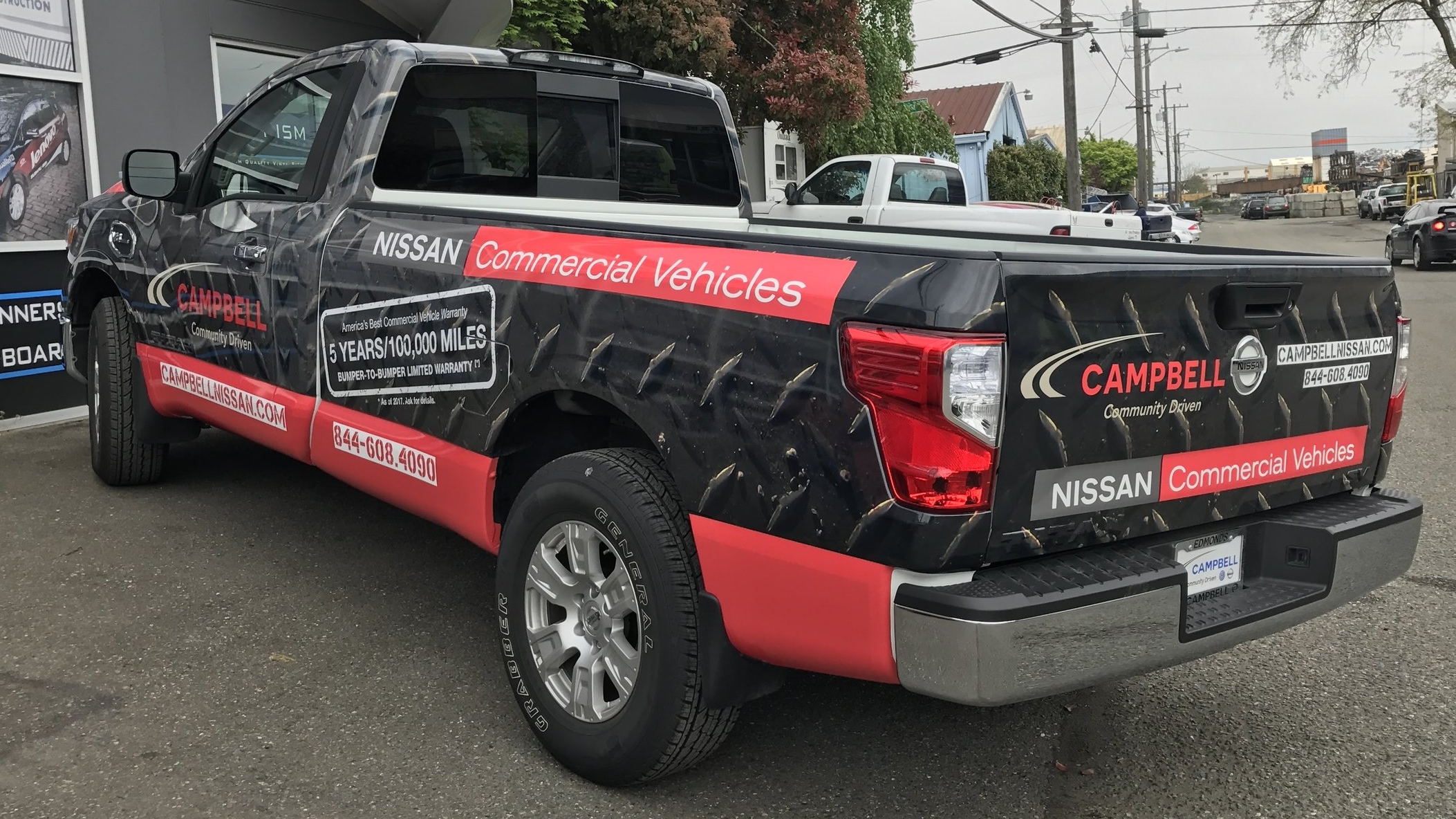


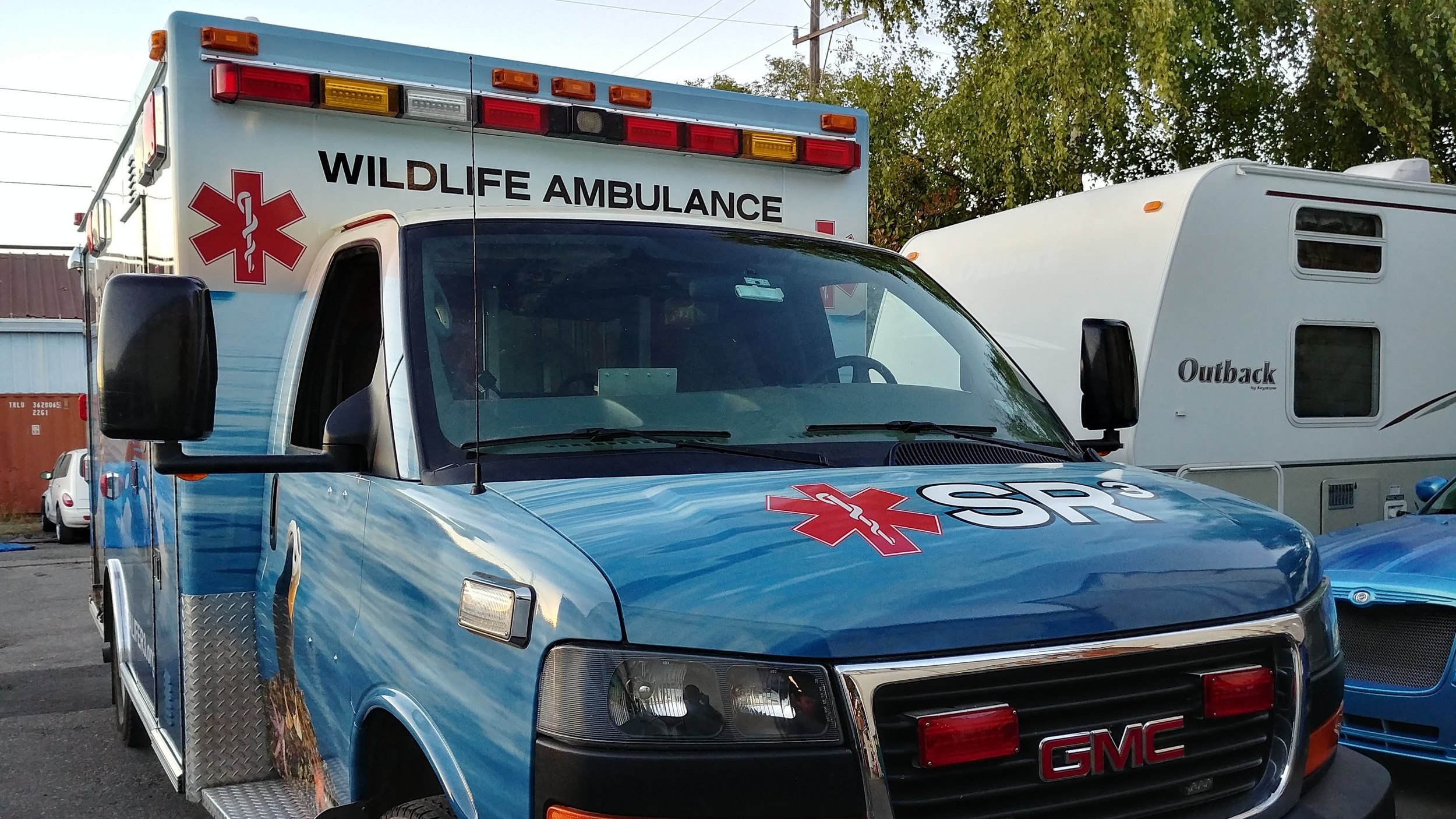
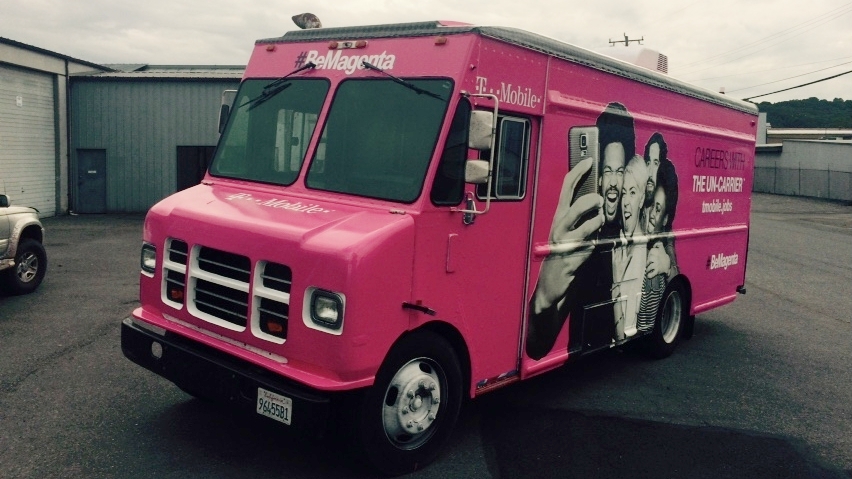
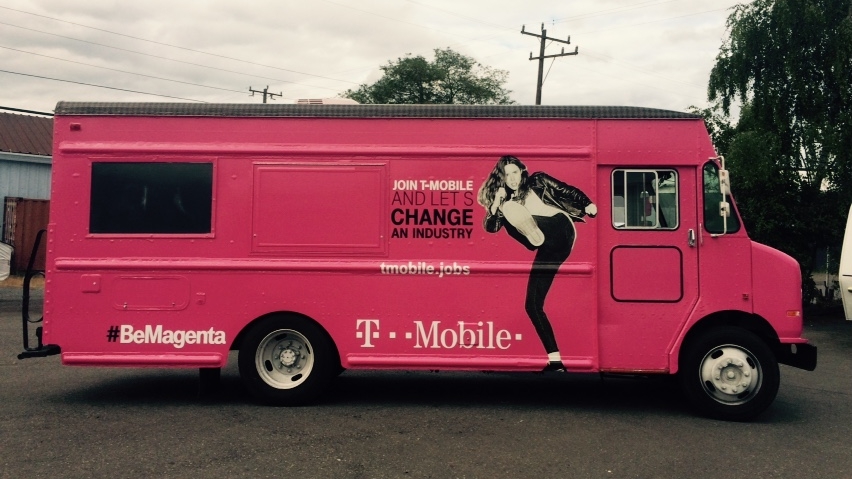
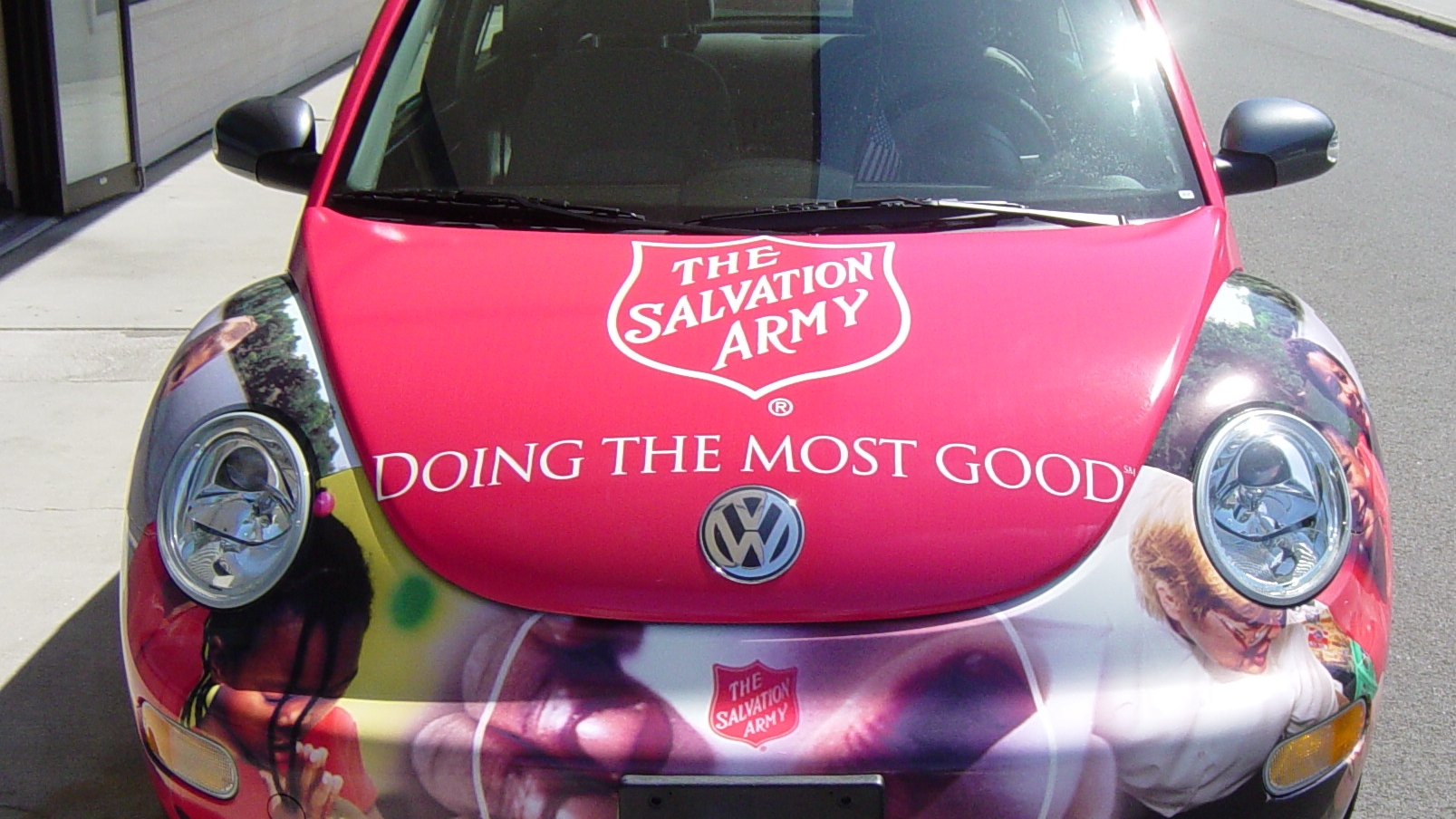
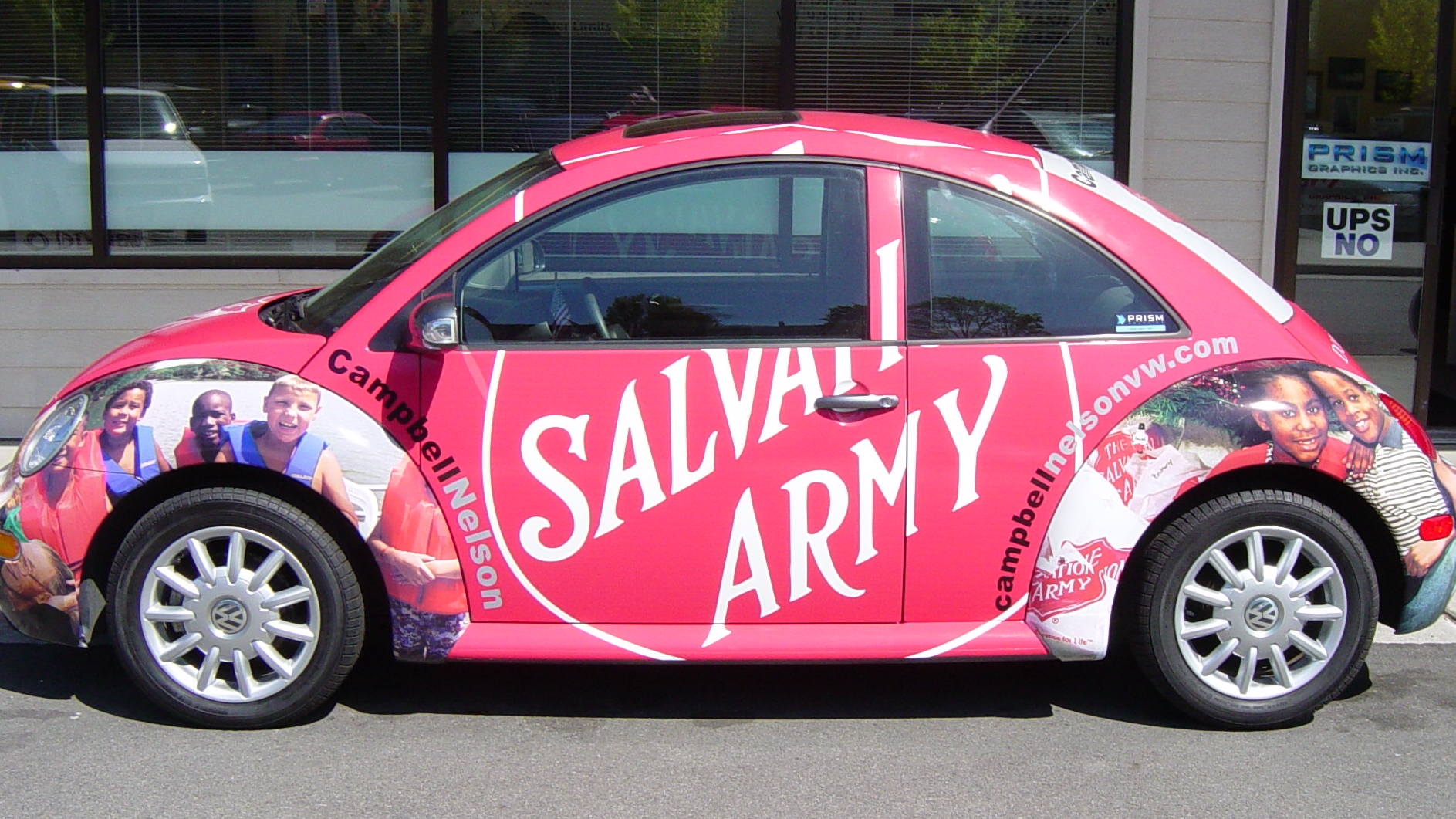


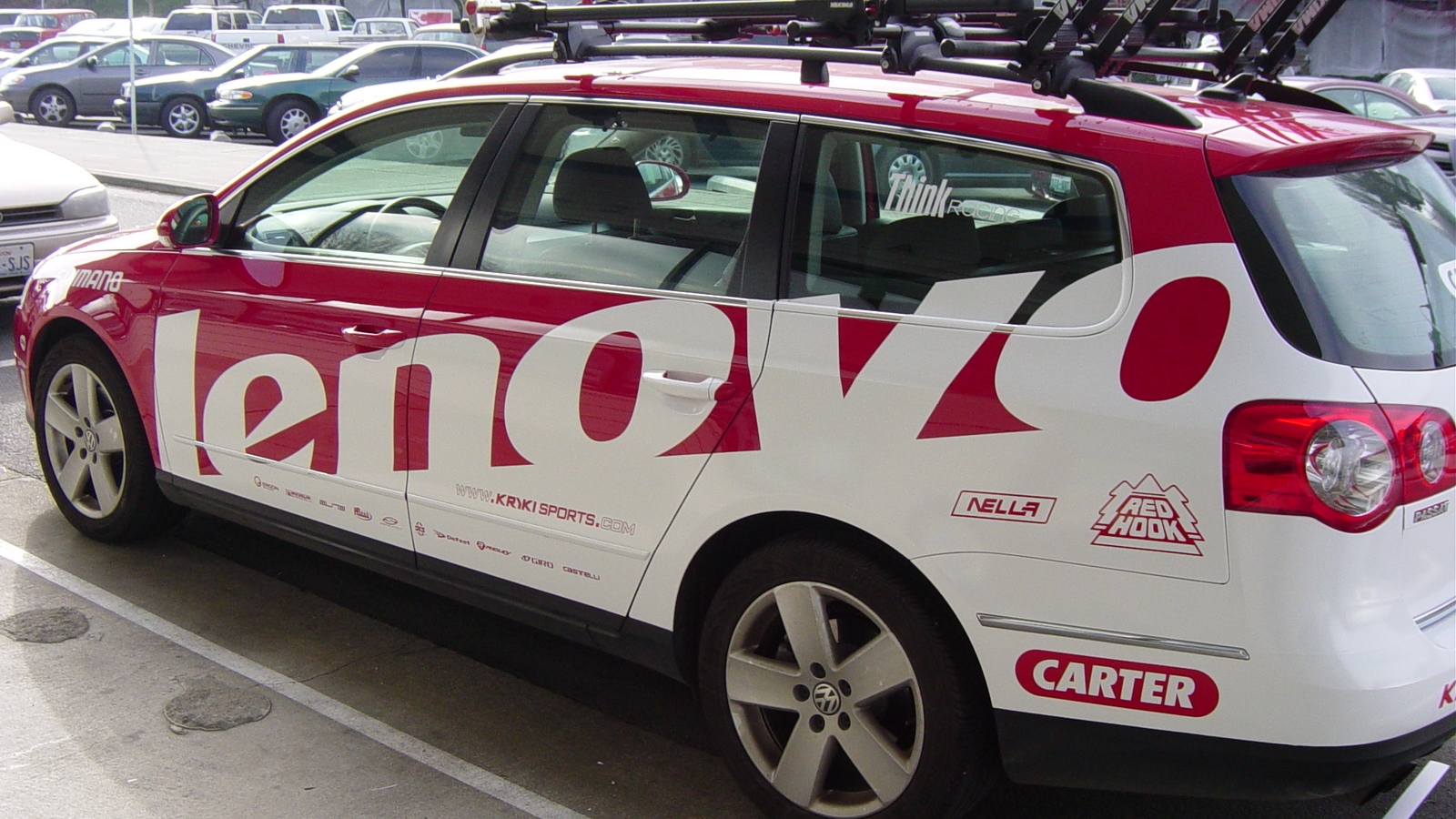
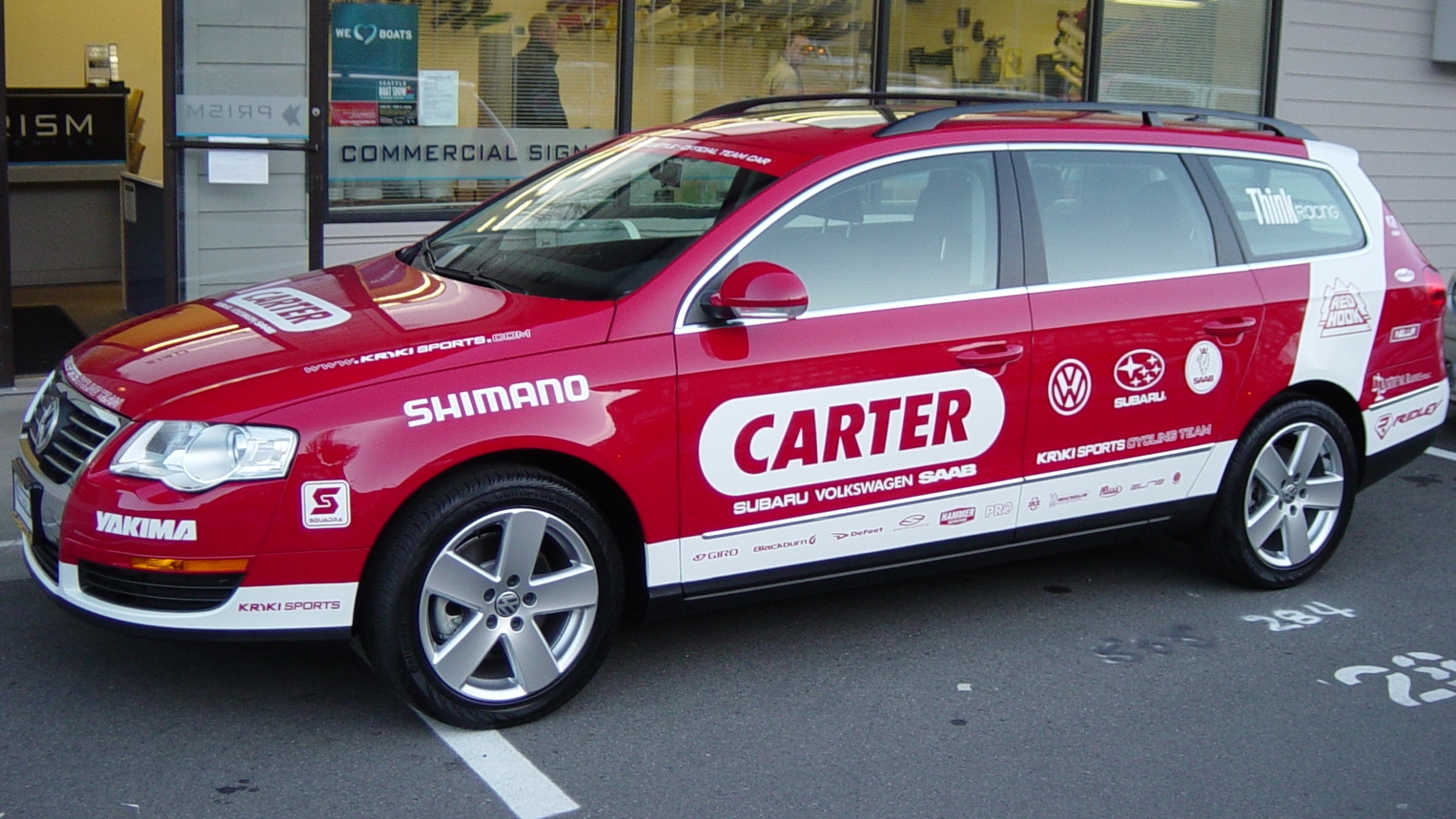
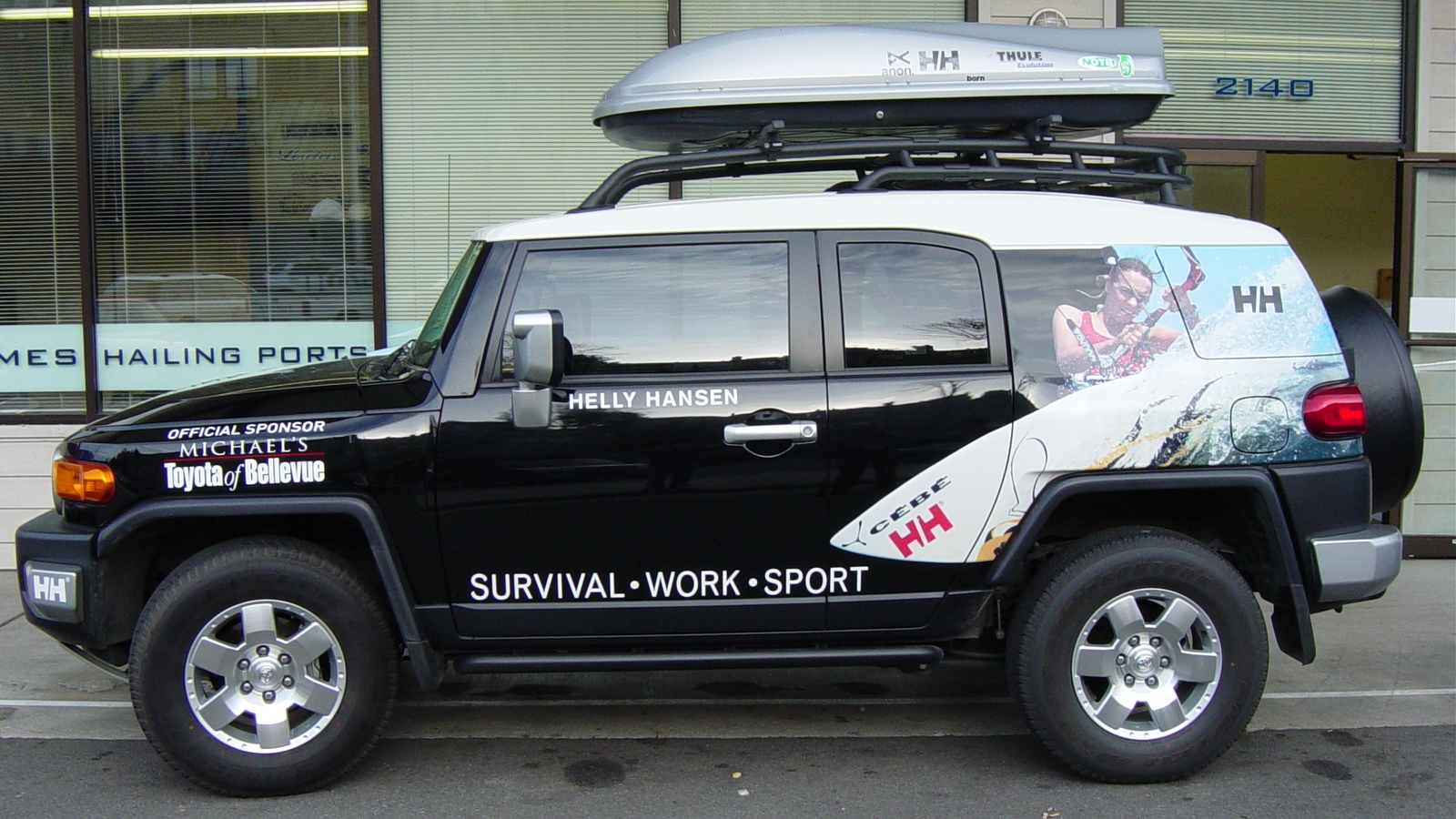
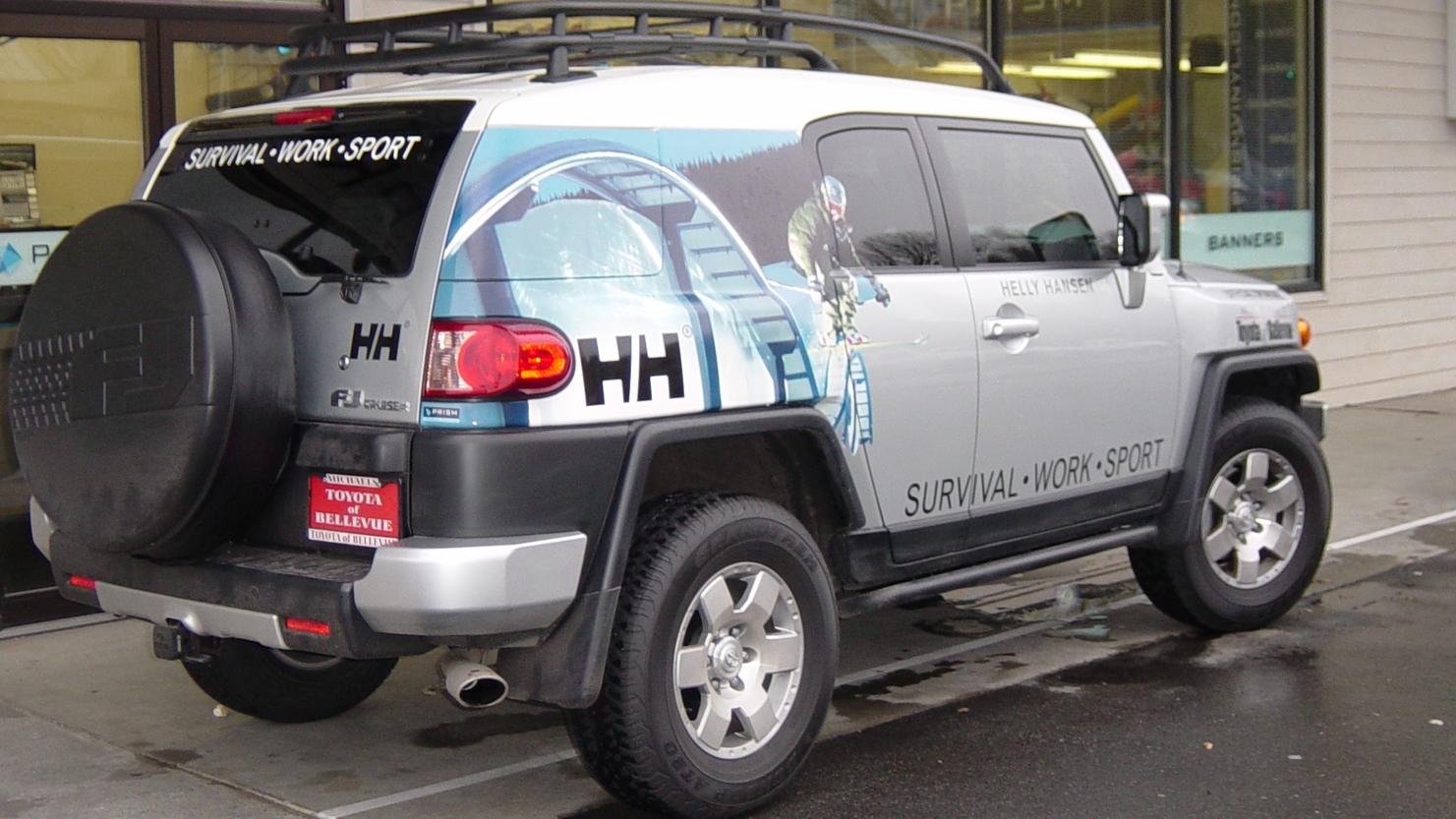
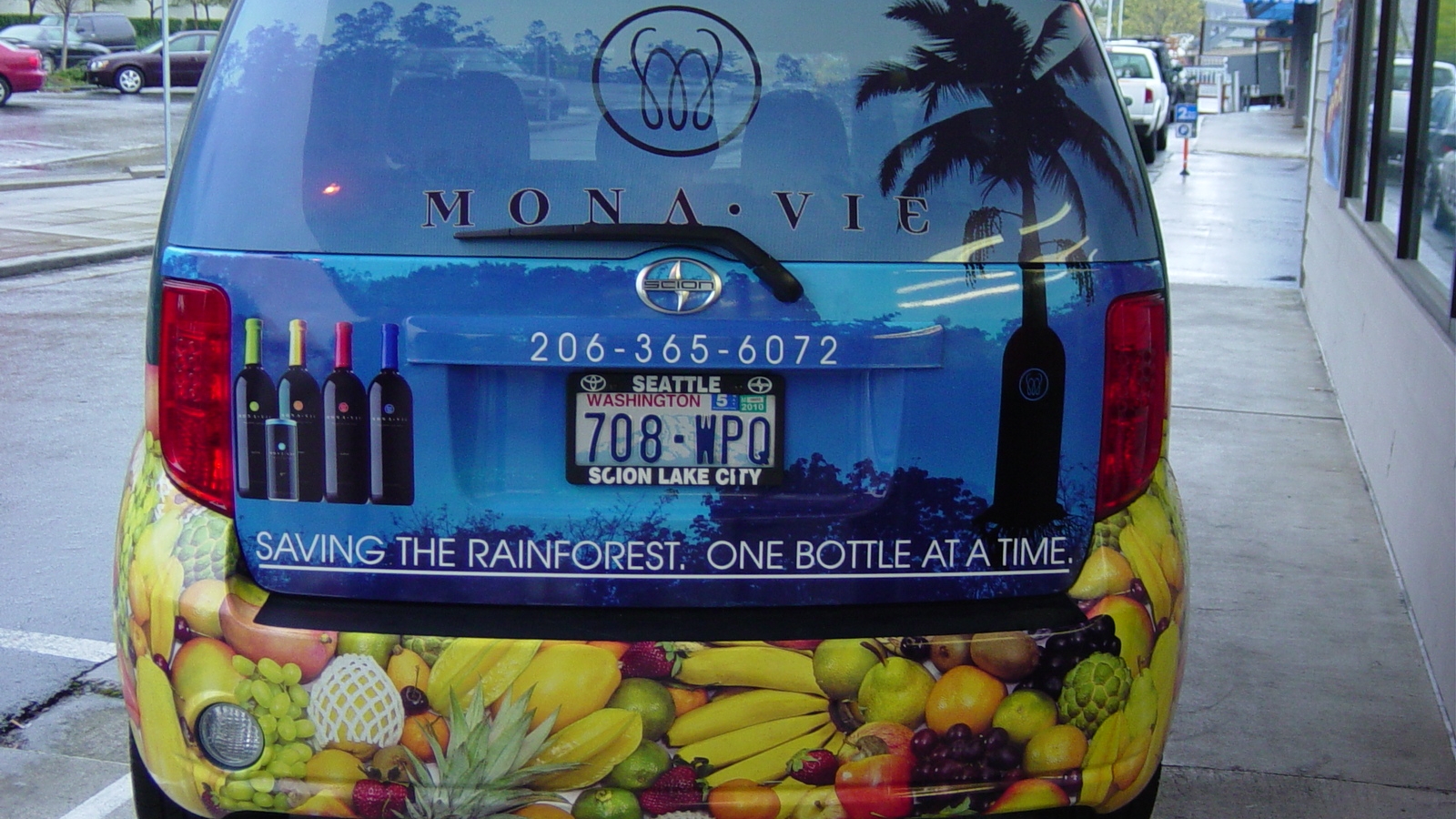
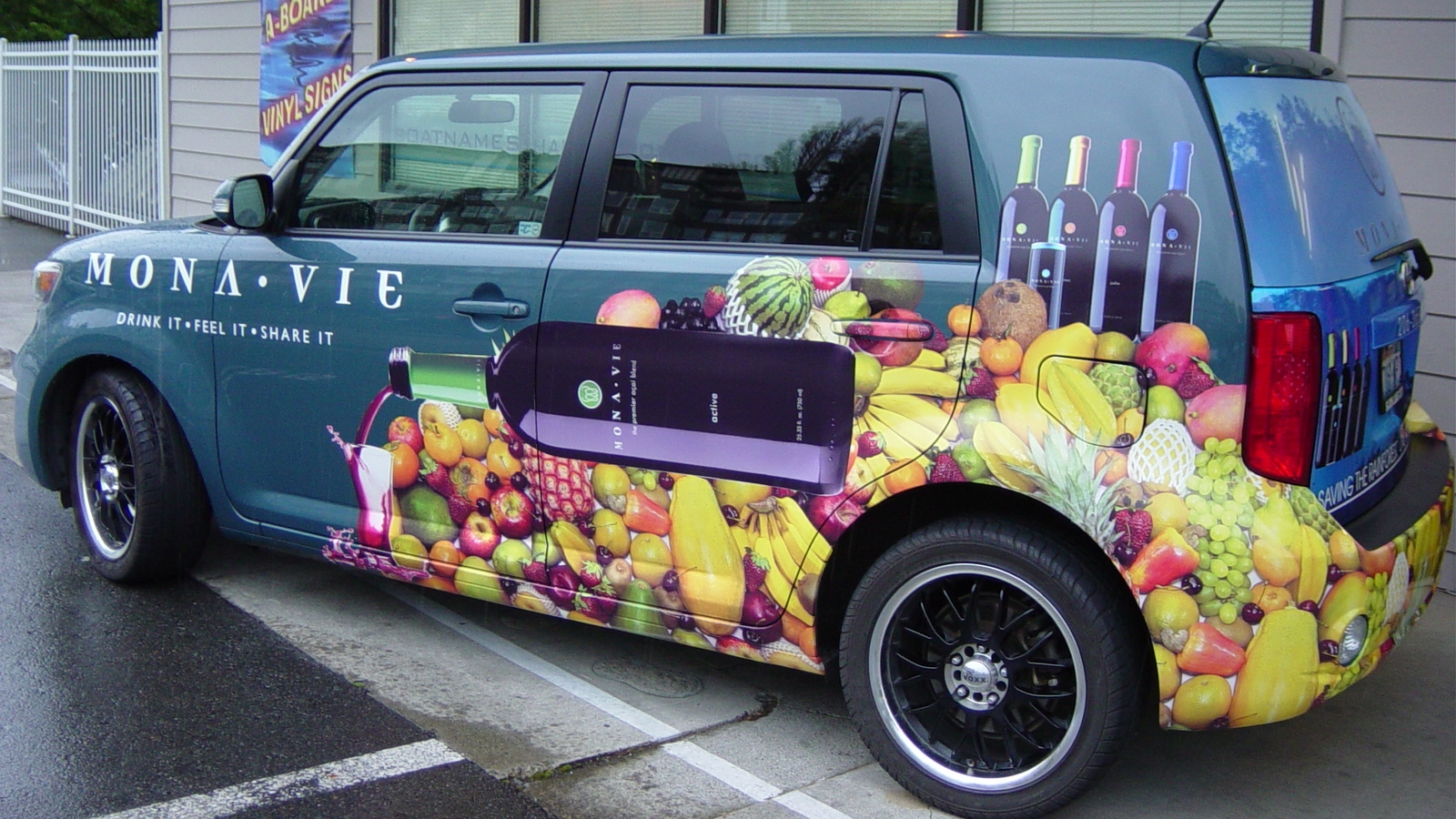


How do I remove old graphics from my boat?
You just bought a new-to-you boat! Congrats! Now, it's time to get that old name off so you can rename your boat.
You just bought a new-to-you boat! Congrats! Now, it's time to get that old name off so you can rename your boat.
*For more information on boat renaming ceremonies, please see our instruction sheet.
How do I get started?
The first thing to note is whether your letters/graphics are painted on or are vinyl decals. If your graphics are painted, paint remover and a wet sand/buff may be required. We recommend conferring with a boat detailer or a boat yard to make sure that you know exactly what needs to be done for your boat and hull type specifically.
If your graphics are vinyl decals, try to remove a letter by picking at the corner/edge. If the graphic begins to raise off easily, the removal should be fairly easy. If the graphic is stubborn or pulls off in flakes/pieces, you may want to confer with a boat detailer and hire them to do the removal. There is often hull discoloration and raised fiberglass under old graphics, so a wet sand and buff may additionally be necessary.
I want to complete the removal myself. What materials/solvents do I need?
We recommend a few products, but the most important are a good adhesive remover, a razor blade or vinyl chipper, and a heat gun (a hair dryer will work just fine).
- Adhesive Remover – While we usually recommend 3m Adhesive Remover, but Goof off, Goo Gone, or a similar product will work just fine.
- Razor Blade or Vinyl Chipper – Lil Chilzer and Safe Scrape offer great products to assist in scraping off old vinyl without risking scratching your hull as you may with a conventional razor.
- Heat Gun – Any targeted heat source will help with removal. At Prism, we use torch guns, but standard heat gun or hair dryer will achieve similar results.
Now that I have all my supplies, how do I remove the graphics?
Decent weather is a key factor in an effective and easy removal. If it is cold outside, it will make any vinyl graphics removal far more difficult. We recommend working on a day over 60 degrees Fahrenheit.
- Using a hair dryer or a heat gun, heat the vinyl until it becomes soft and pliable.
- Using a vinyl chipper/scraper or your finger, lift a corner of the vinyl and pull up while maintaining heat on that area.
- Repeat step 2 until all of the vinyl has been removed from the area.
- Use a solvent to remove any remaining adhesive. If you do not have adhesive remover, acetone works well for this, but only if you are familiar with it and feel comfortable using it.
*The graphic will be destroyed in the removal process and cannot be re-used.
I can still see a "shadow" from the old name. Now what?
If the graphics haven't been on the boat for very long, sun exposure will decrease the "shadowing" that you see. However, if the graphics have been on the boat for ~5+ years (and/or have extreme sun exposure), the petroleum from the vinyl's adhesive and the petroleum from the gel coat can fuse together, swelling the gel coat in the areas under the graphics. The best way to decrease/potentially eliminate the raised gel coat is to wet sand and buff the area to give a flatter surface. If this is not a process you feel comfortable completing yourself, we can recommend a boat detailer to you.
Am I all done?
Yup! Now you can go ahead and wipe the surface down with denatured alcohol to prep it for application.
What are dimensional letters and why should I use them?
If you’re looking for a creative way to advertise your company or set your boat apart, dimensional letters could be a smart decision. Beautiful, sleek, and attractive, dimensional letters work well for virtually all companies and boats offering a nice alternative to a traditional sign or lettering.
If you’re looking for a creative way to advertise your company or set your boat apart, dimensional letters could be a smart decision. Beautiful, sleek, and attractive, dimensional letters work well for virtually all companies and boats offering a nice alternative to a traditional sign or lettering.
What are the benefits to dimensional letters?
Dimensional letters offer many benefits. Here are some of the most obvious:
High Visibility. Dimensional letters are stark, clear and easy to read. They’re also highly visible, which is ideal for grabbing the attention of people who drive, walk or bike by.
Durability. Dimensional letters are durable, and materials like cut and cast metals won’t crack, chip, break, or fade over time. This makes them a low-maintenance option for companies and individuals who want to install a sign and not worry about it again.
Dimensional Letters Look Professional. If you’re looking to put your company’s best face forward, dimensional letters are a great place to start.
Why use dimensional letters for a business?
Commonly called 3D or raised letters, dimensional letters offer a distinguished look to lobby signs, conference rooms, and different departments. Outside of your venue, they help you stand out. Let’s explore how these markers are used more closely.
Exterior dimensional letters can benefit establishments, organizations, and companies in any industry. These markers are typically installed directly to the façade of buildings that are looking for a sophisticated appearance. They can also be incorporated into a monument sign or mounted on a panel that is then installed on your property. Though these letters do not typically have their own illumination source, you can use spotlighting to make your letters visible at night.
You cannot help but notice the classy dimensional letter signs found in the reception areas. Many companies are using these markers to introduce clients and guests to their branding as soon as they enter the door. We have the equipment needed to precisely match the colors and typefaces you use on your marketing materials in order to keep your branding consistent. We can also mount your letters with spacers for an extra-dimensional effect.
When people hear “dimensional letters,” they often think that these signs only consist of letters. Nothing could be further from the truth. “Dimensional letter” is a blanket term that covers numbers and logos as well. And, many organizations benefit from adding logo wall signs to their interior décor. You will often see these markers in conference rooms and common areas, such as cafeterias.
What materials are available?
Dimensional letters can stand up against harsh weather and are sturdy enough to last for years. Some of the materials we use for making dimensional letters include:
- Aluminum – Versatile, affordable, and durable aluminum is used in most metal signs. Aluminum can be painted any color you want, including custom colors that match your branding.
- Acrylic, PVC, or Plastic – These outdoor-rated signage materials will give your venue a playful vibe. Consider flat-cut letters for a stylish display option.
- High-Density Urethane (HDU) – Since it is good for the environment and multi-faceted, HDU is a favorite material in the signage industry. It can achieve a thickness of up to three inches, and we are able to apply acrylic or metal laminates to HDU.
- Stainless Steel – Stainless steel is the ideal choice for appliance showrooms, high-tech businesses, and high-end apartment complexes due to its heavy duty, avant-garde, no-nonsense, chic look.
Do you have any examples of dimensional lettering you've done?
Absolutely! Check out the gallery below to get some ideas.
